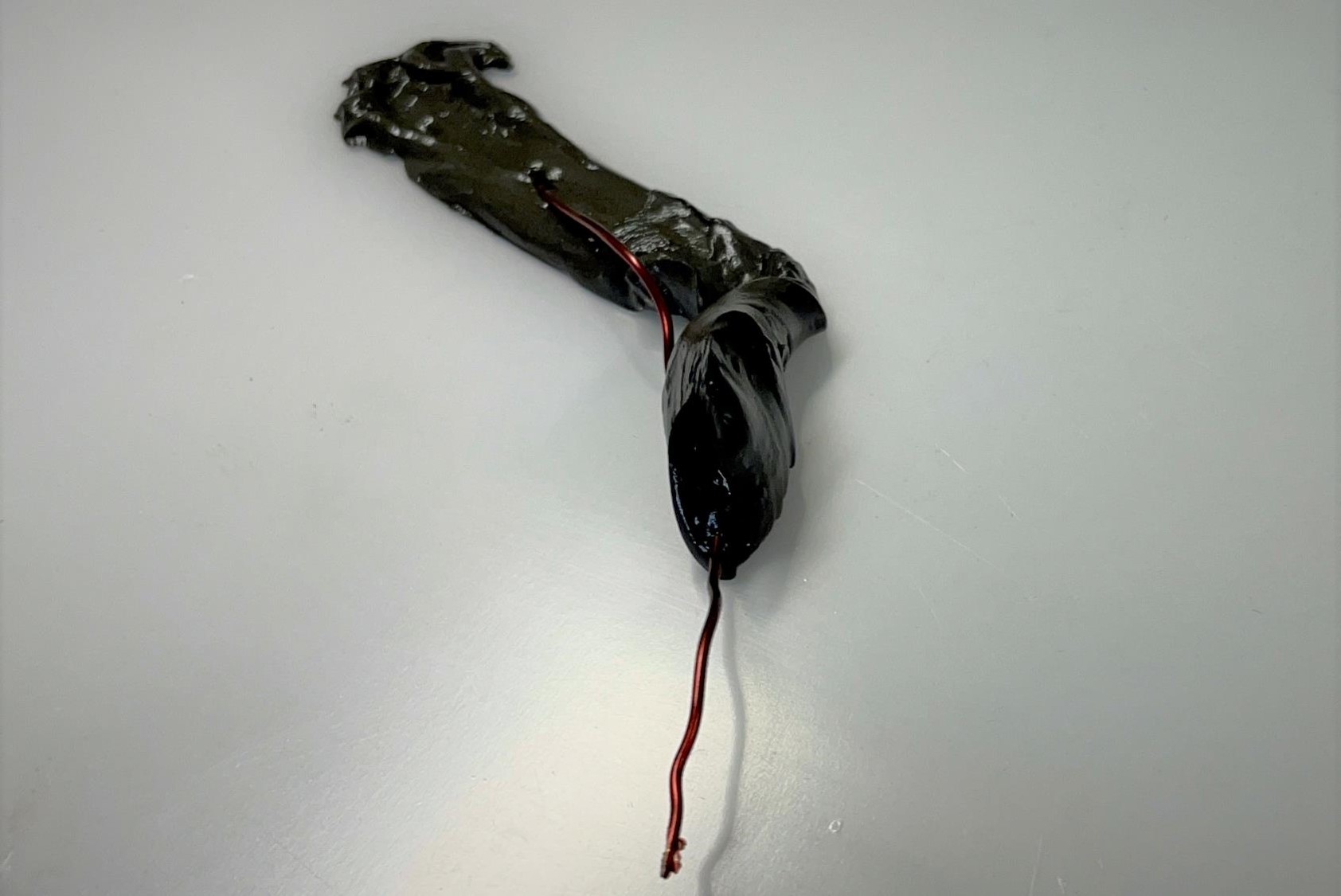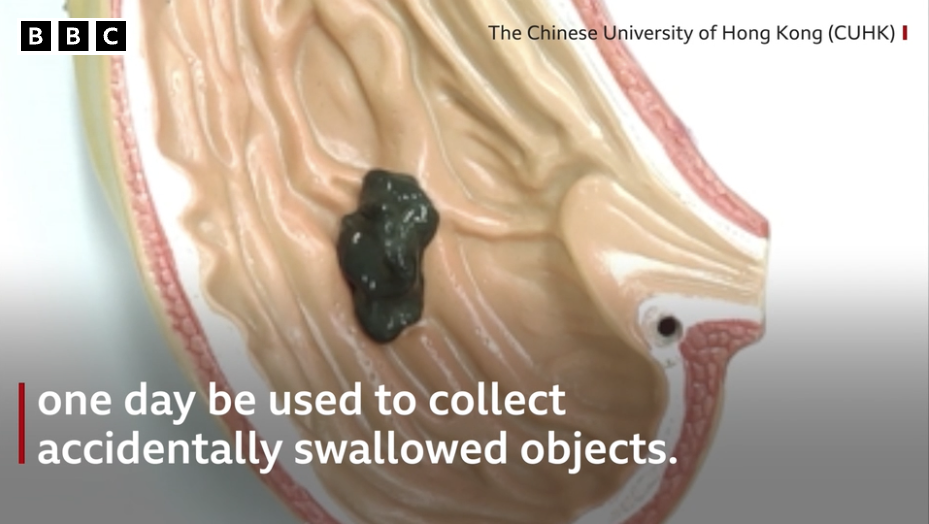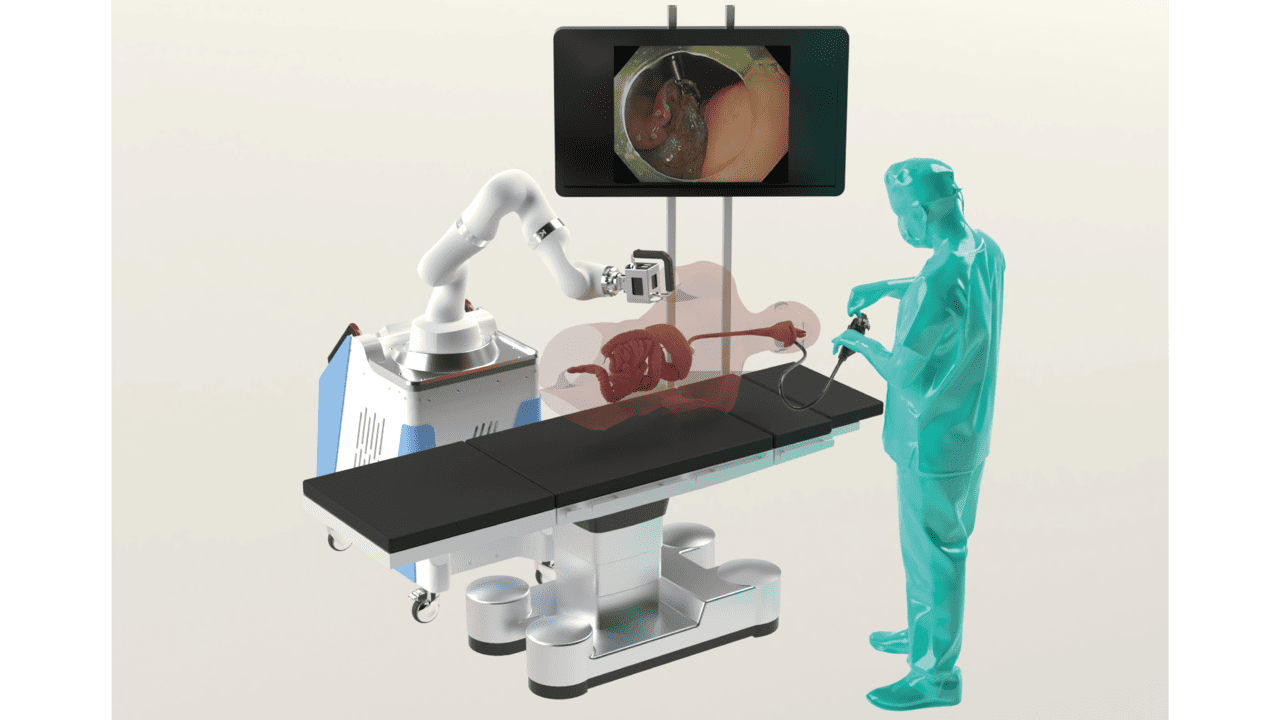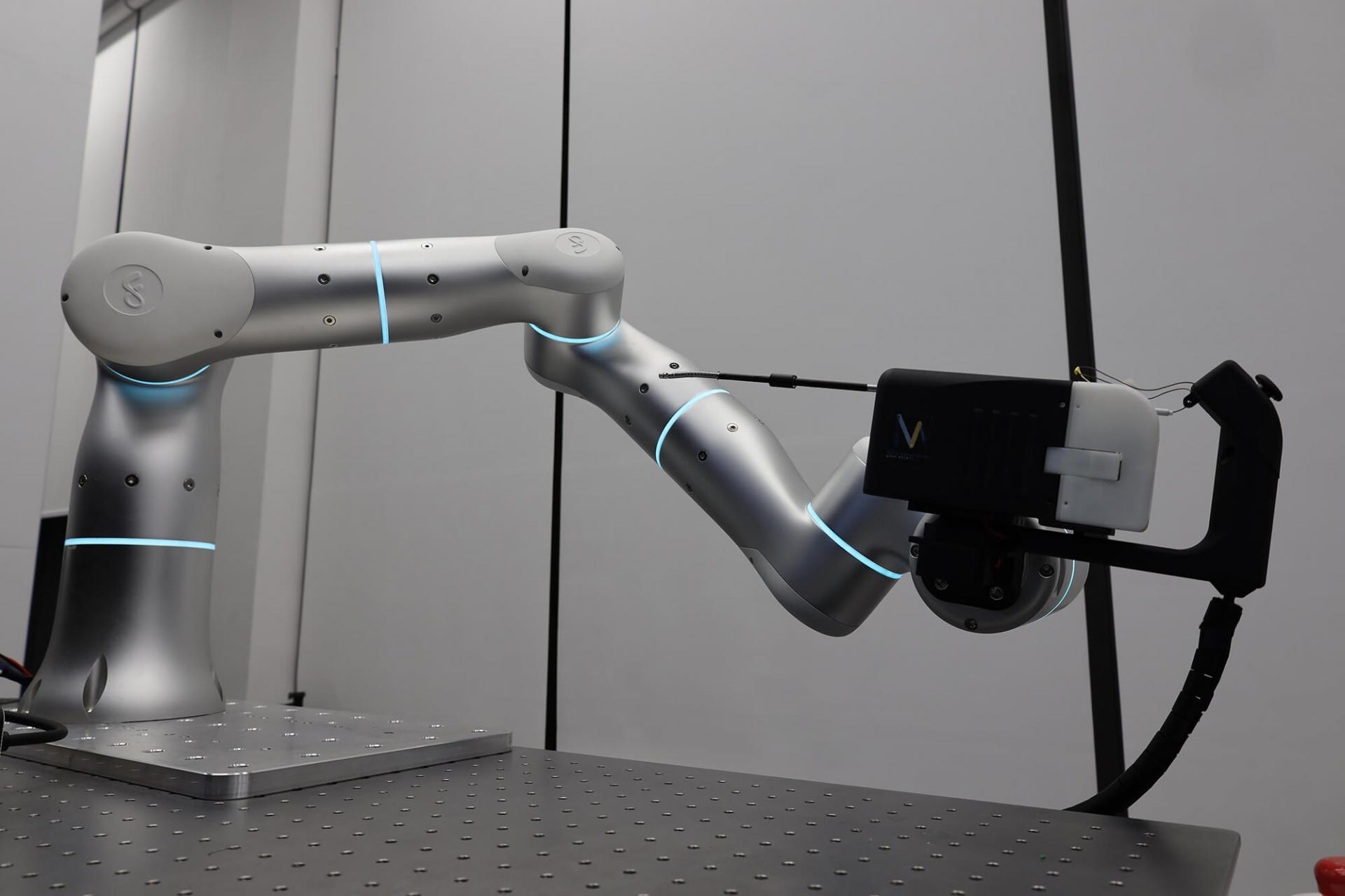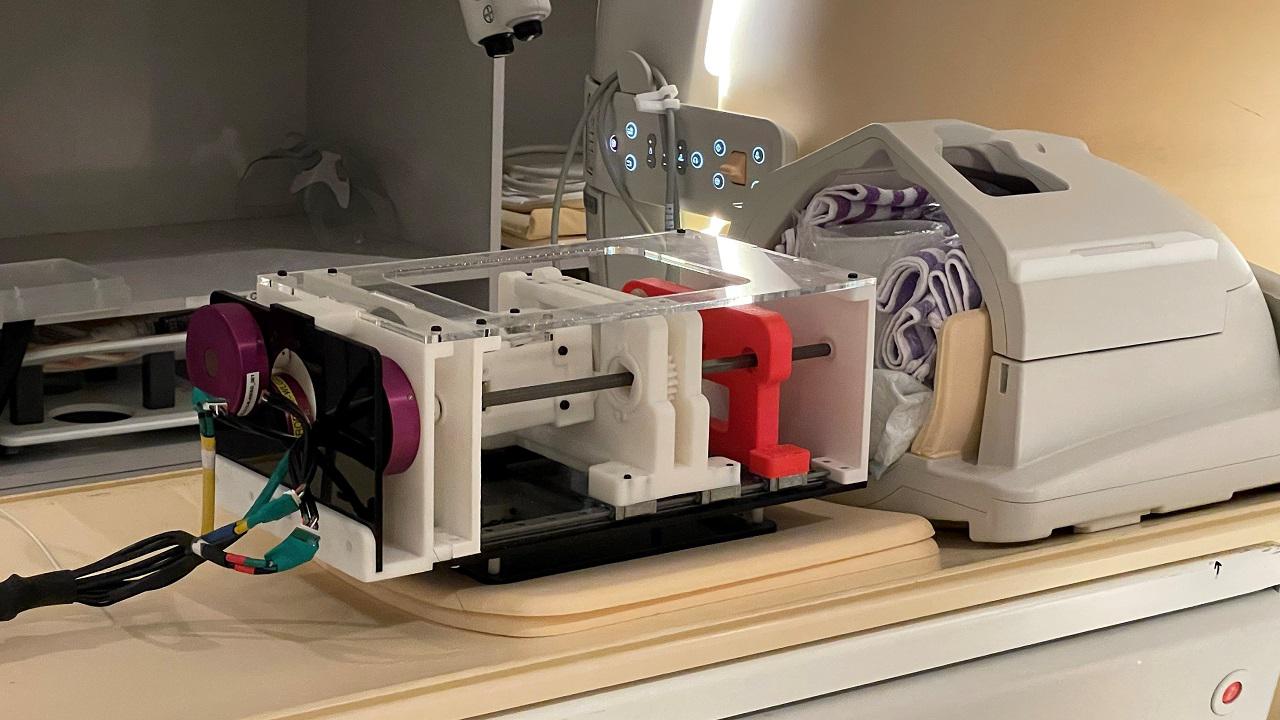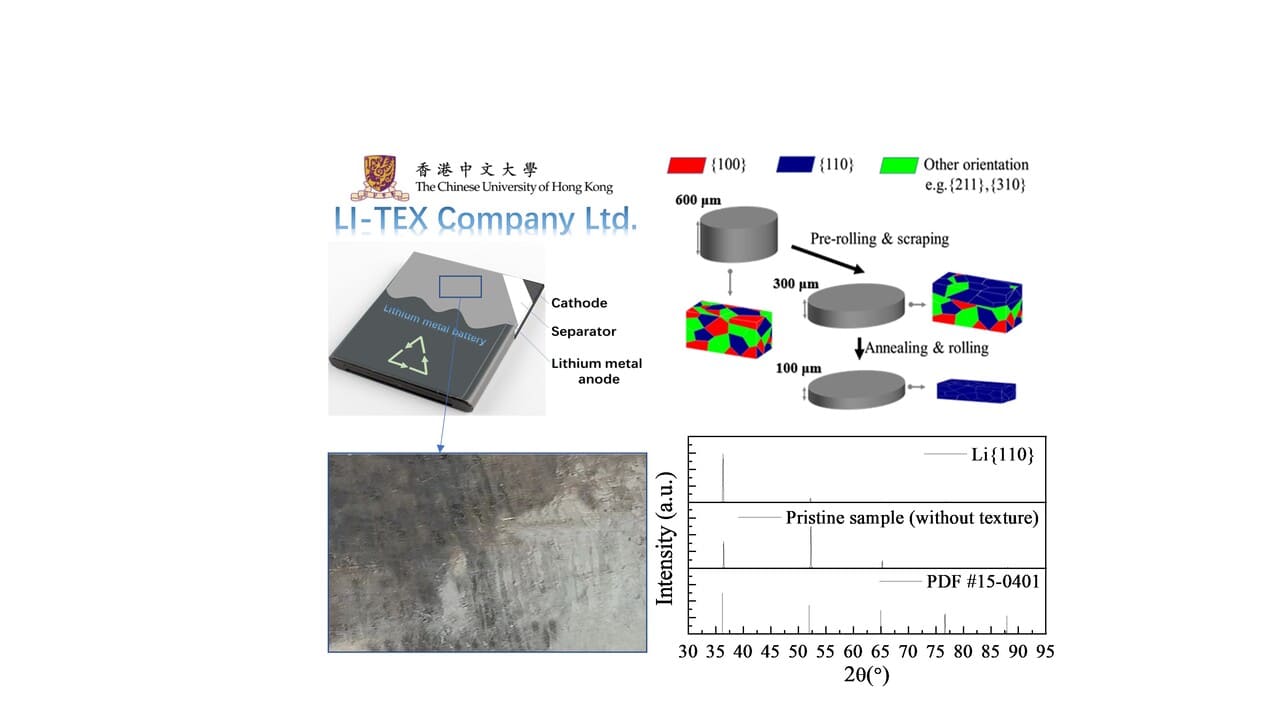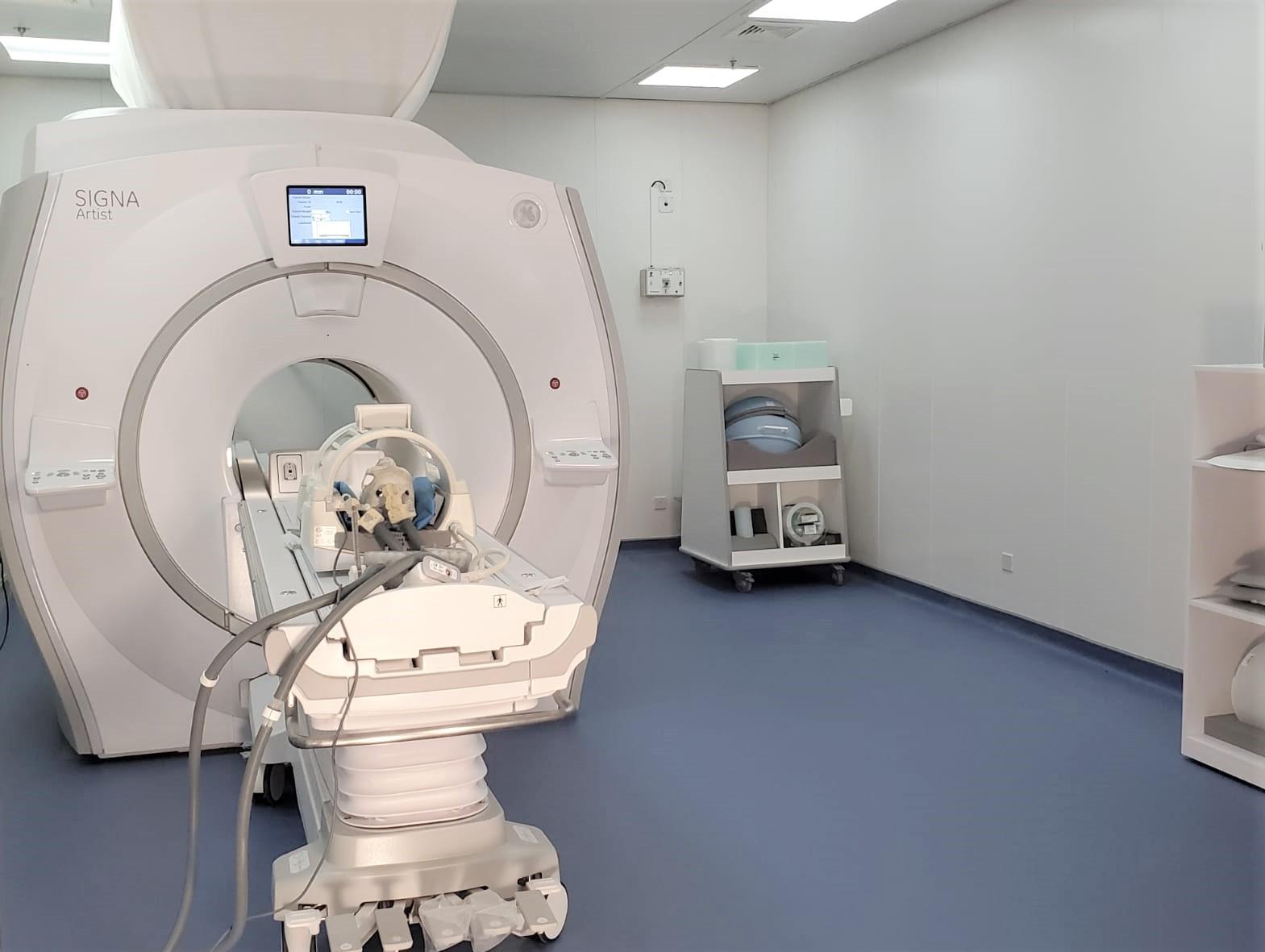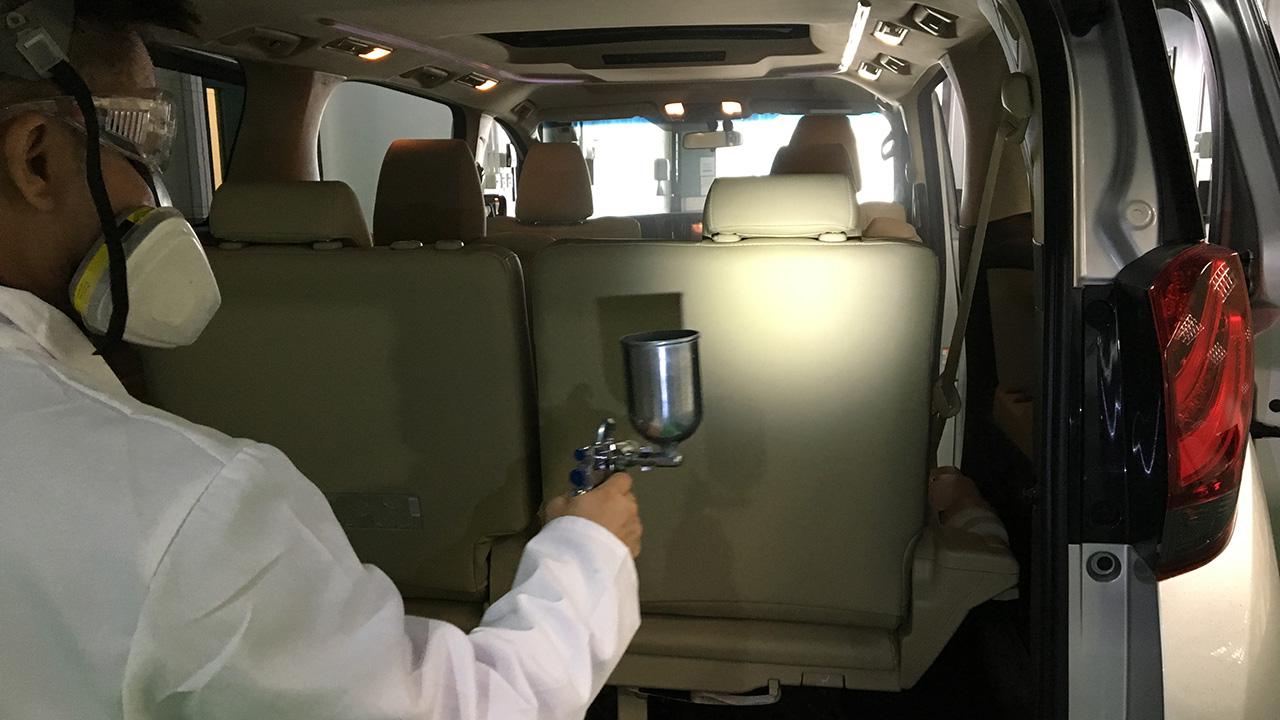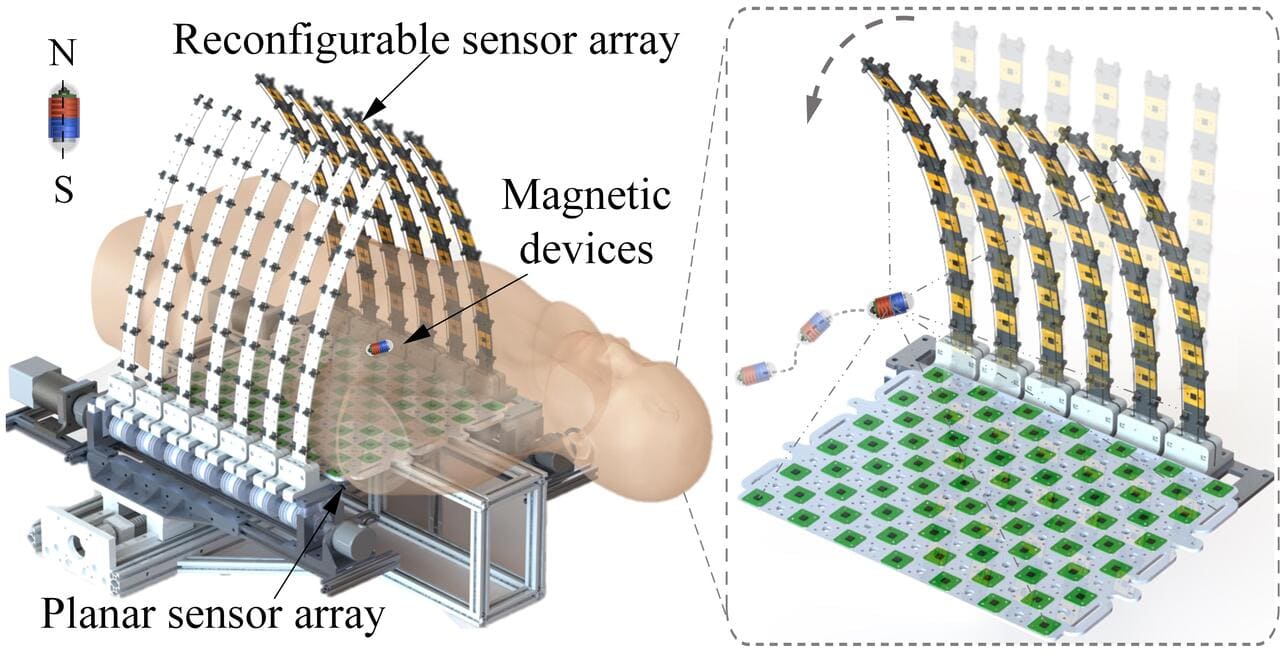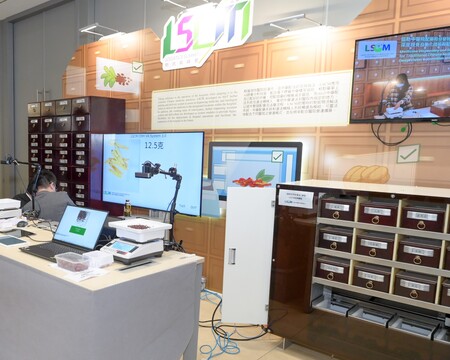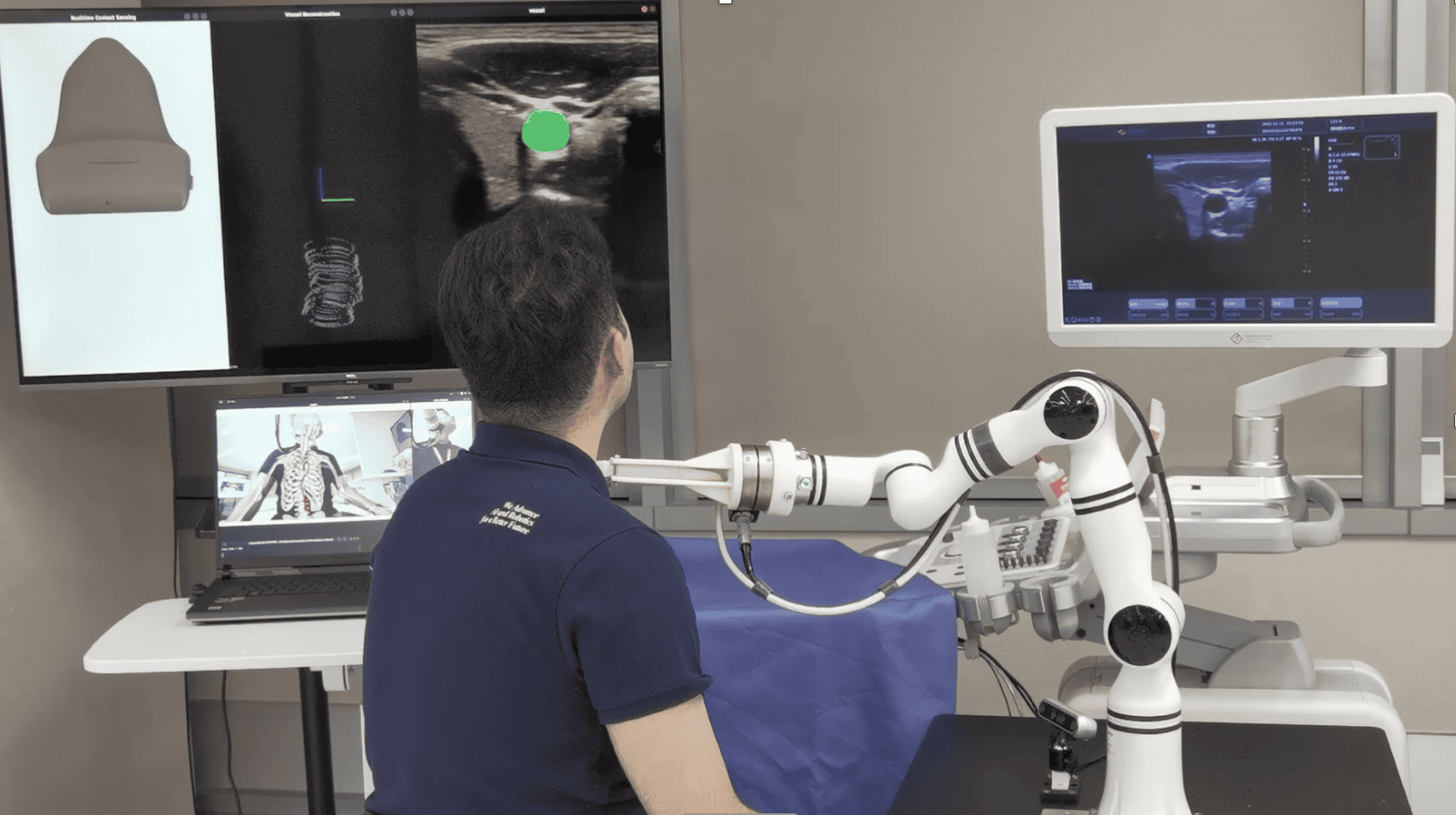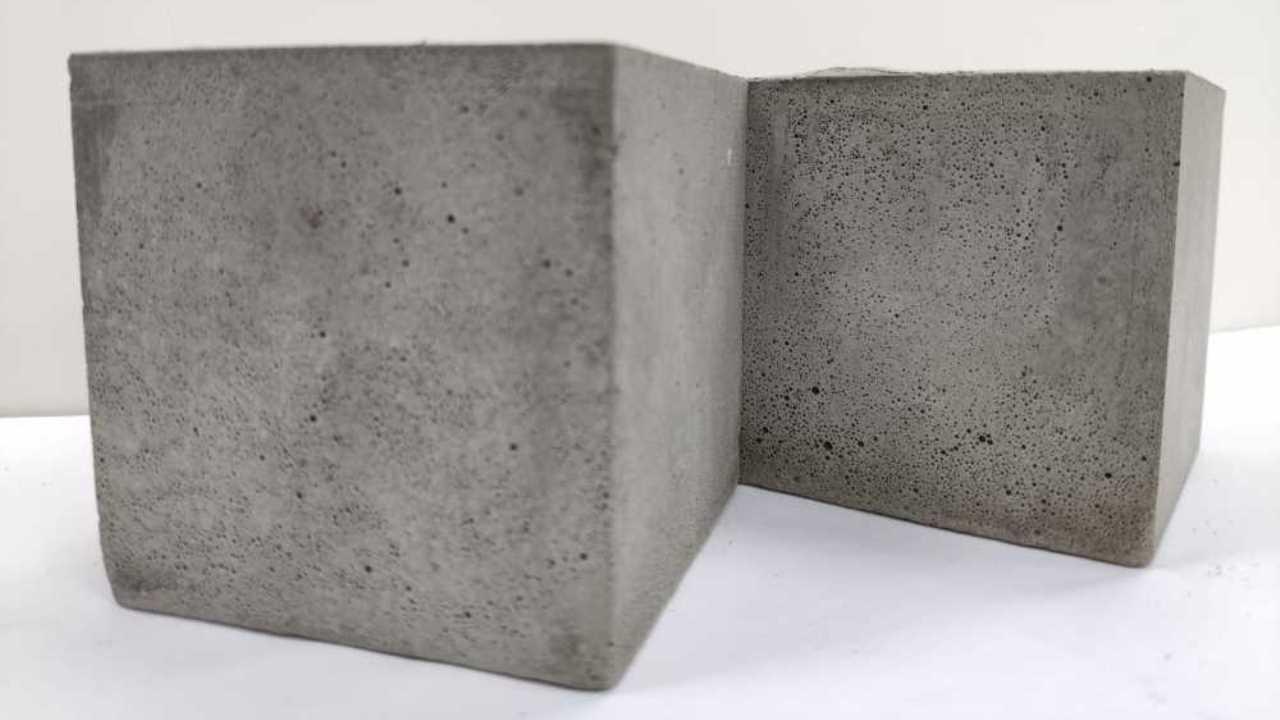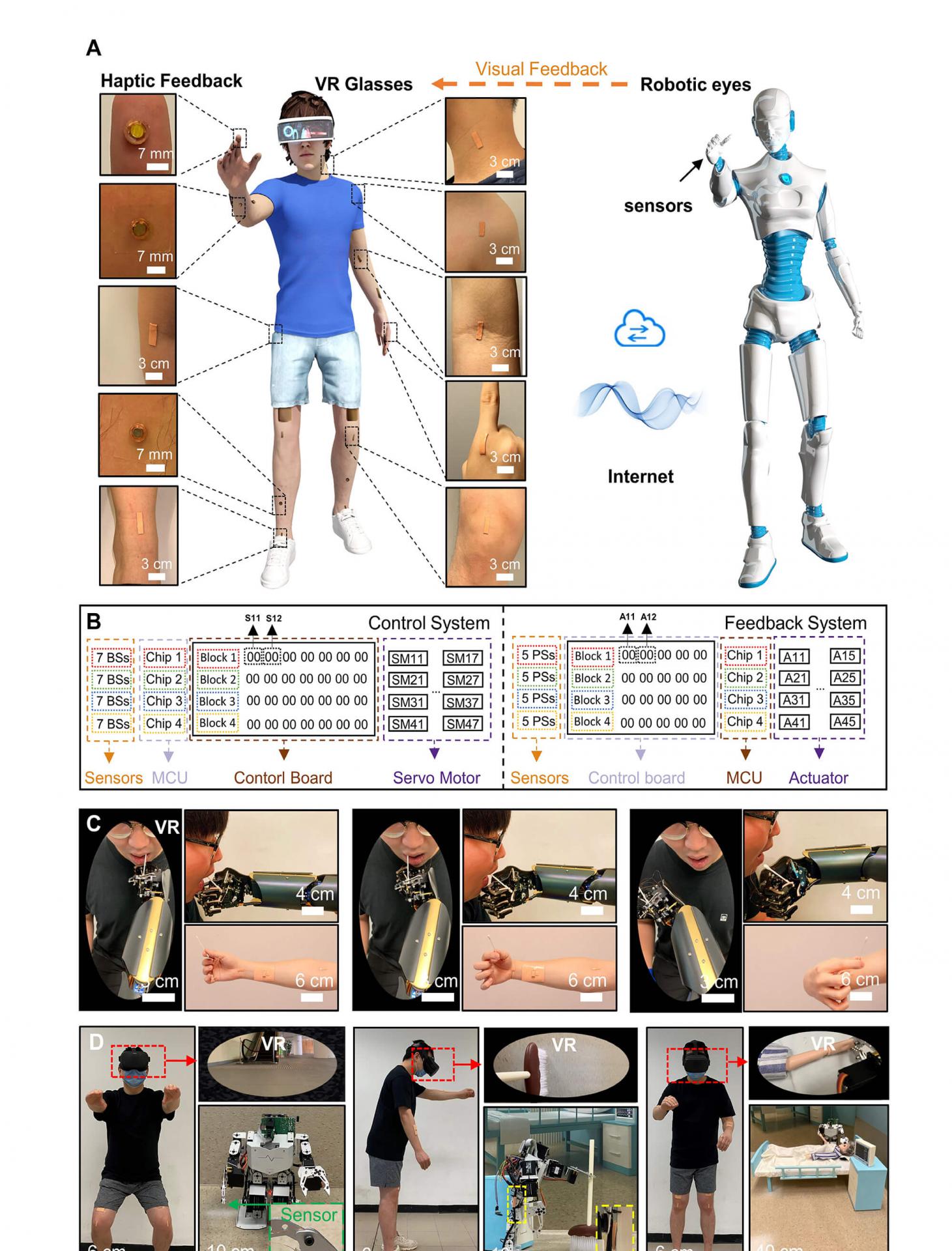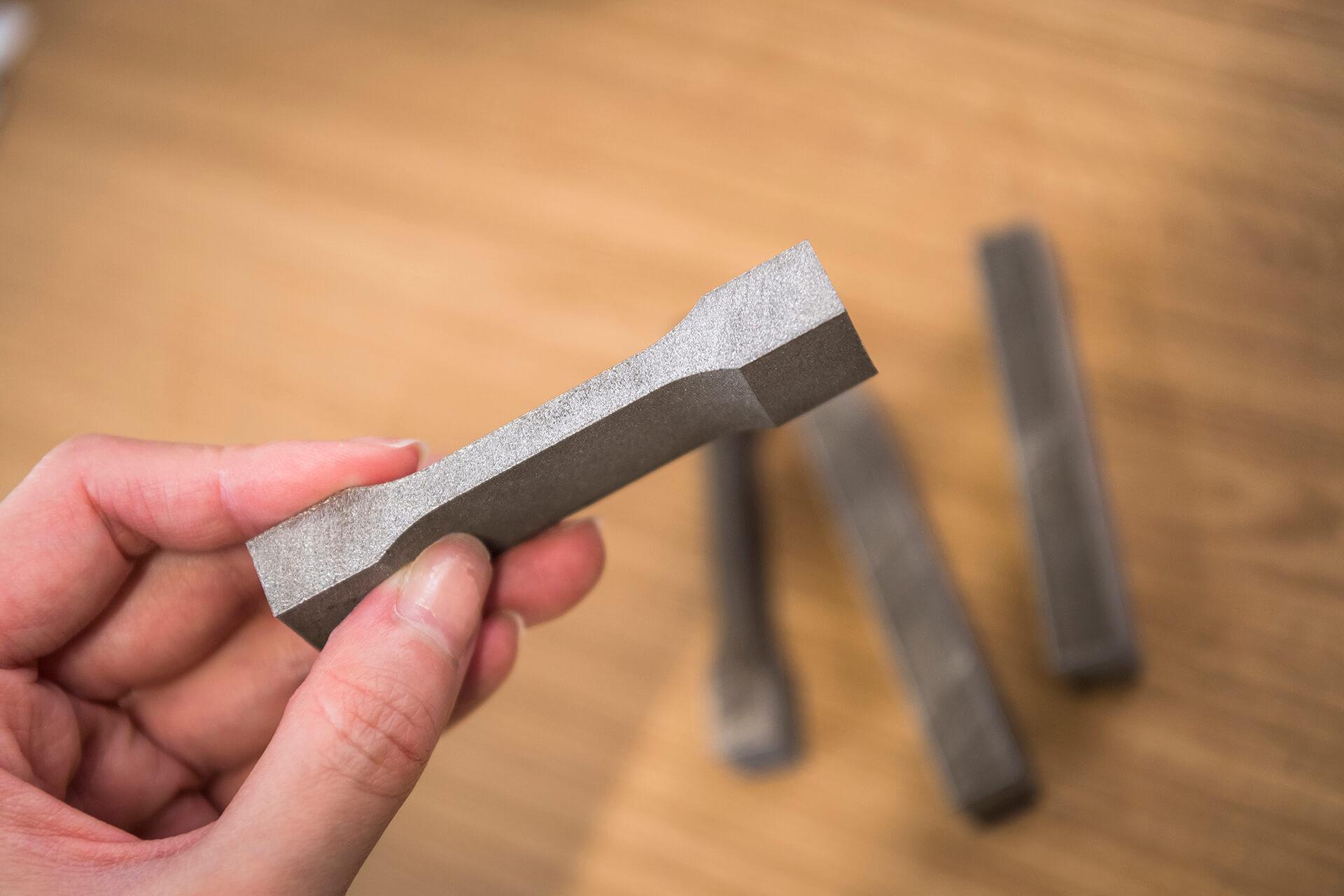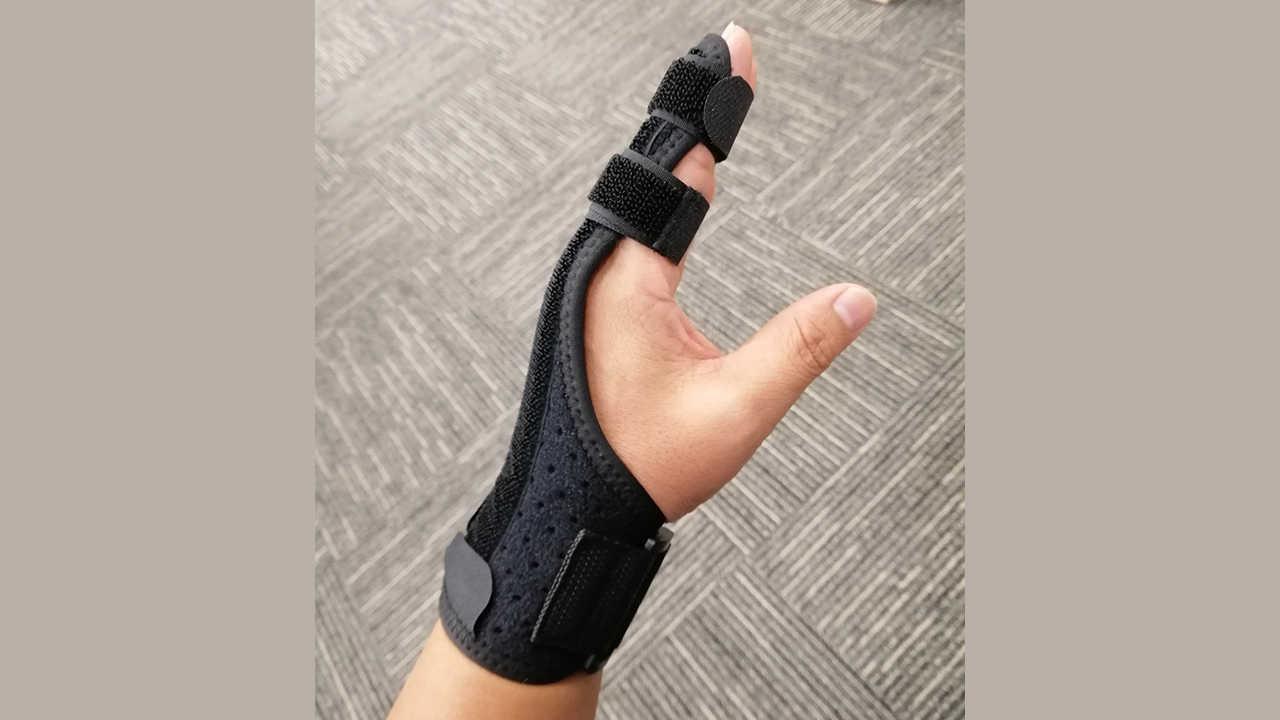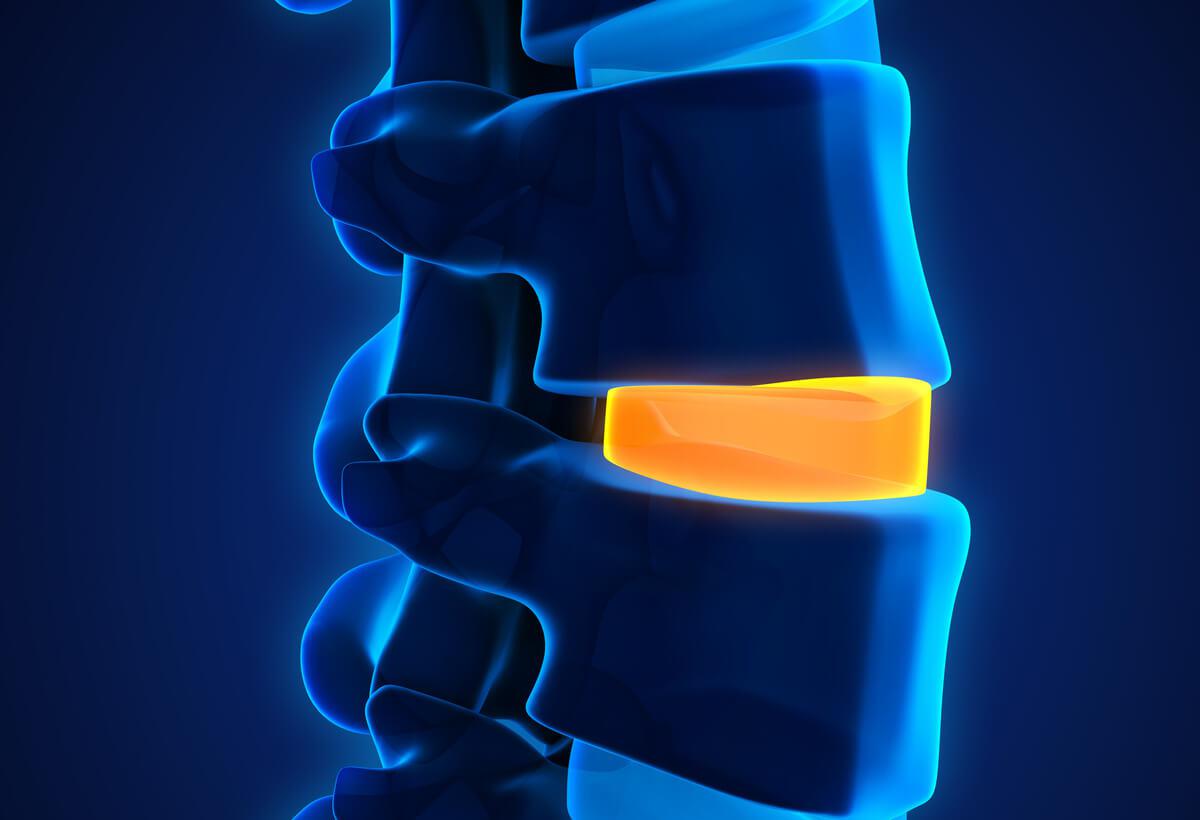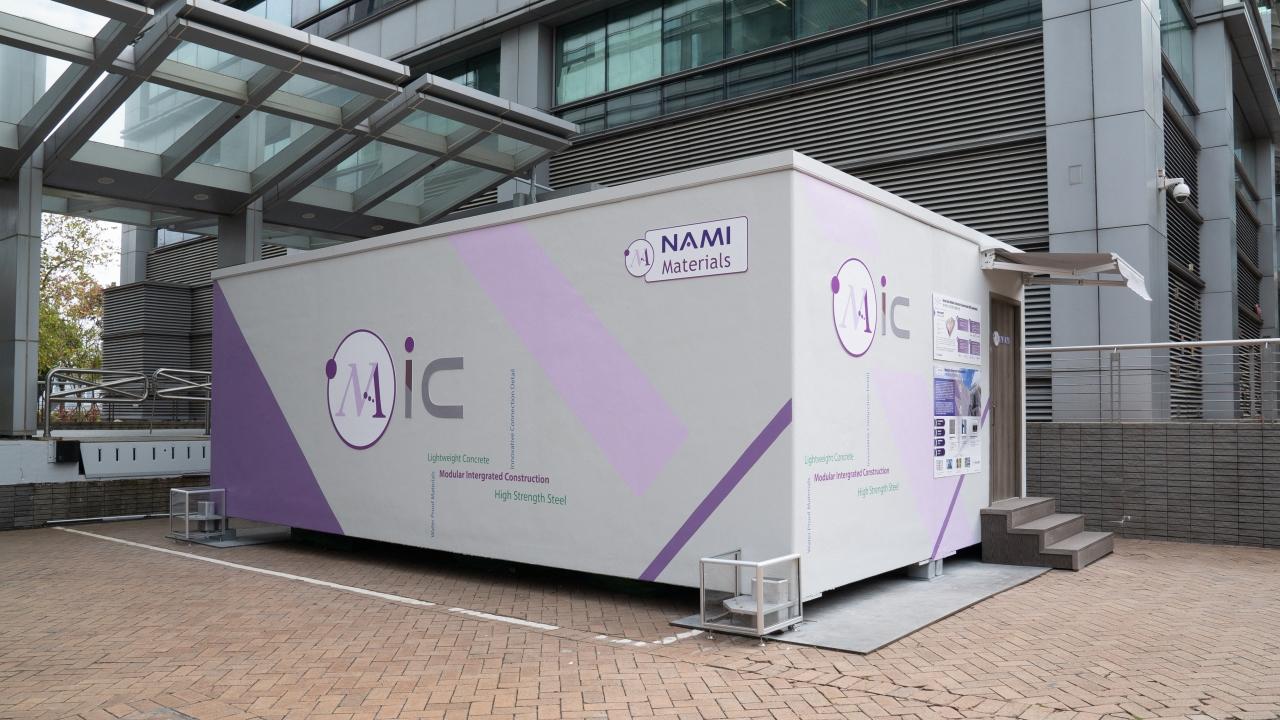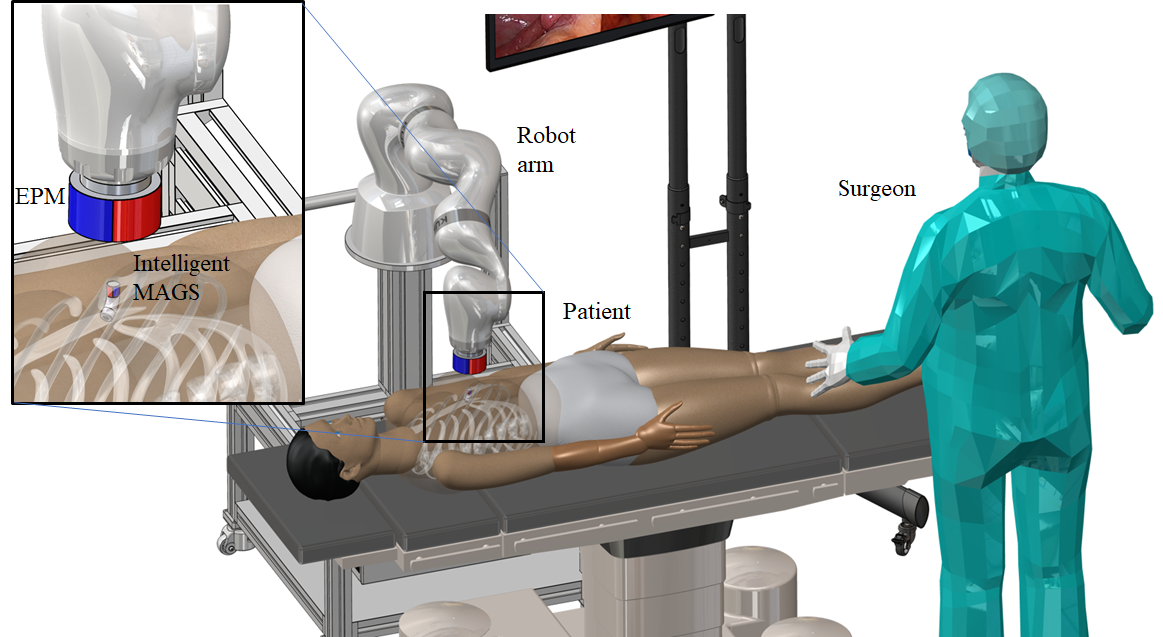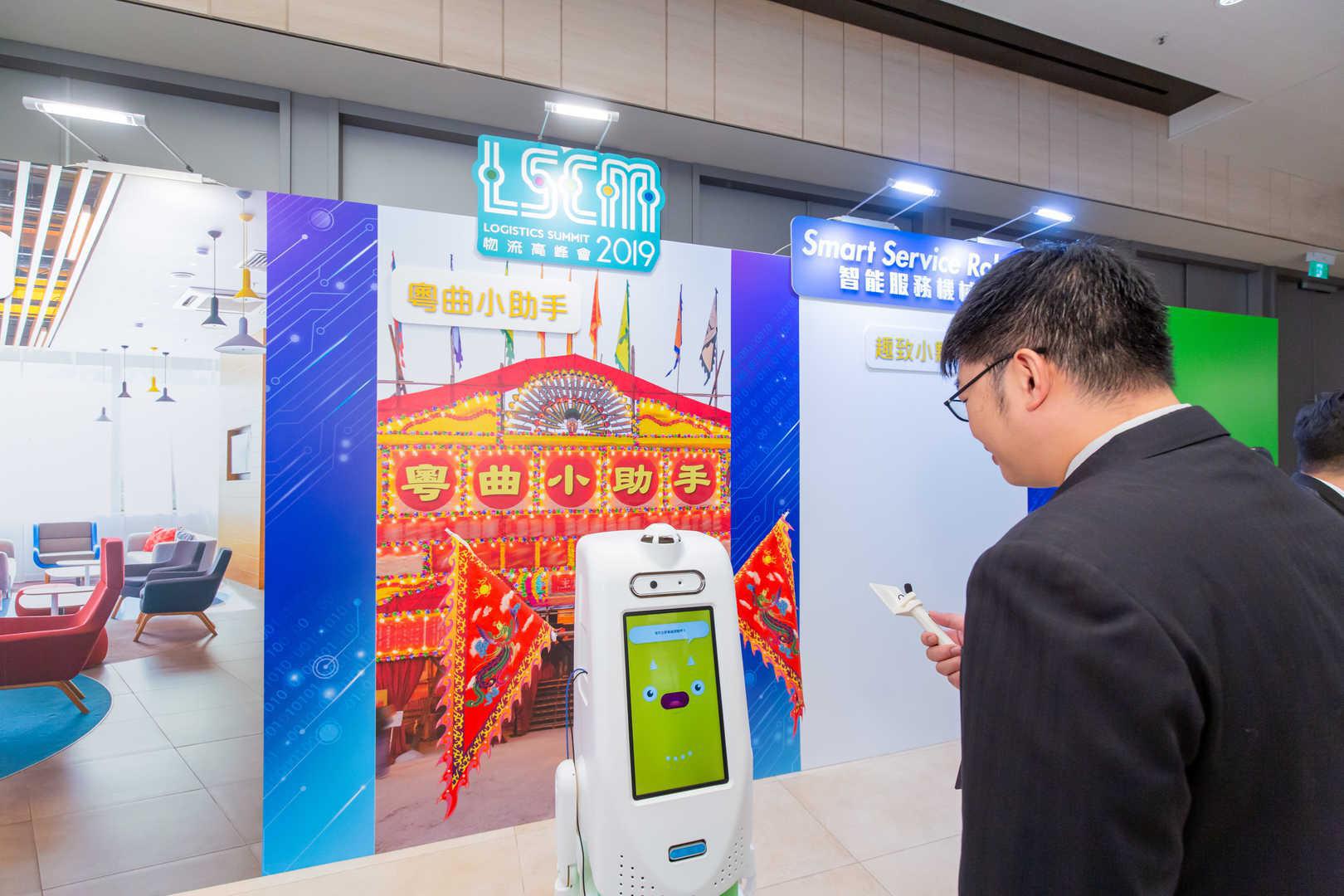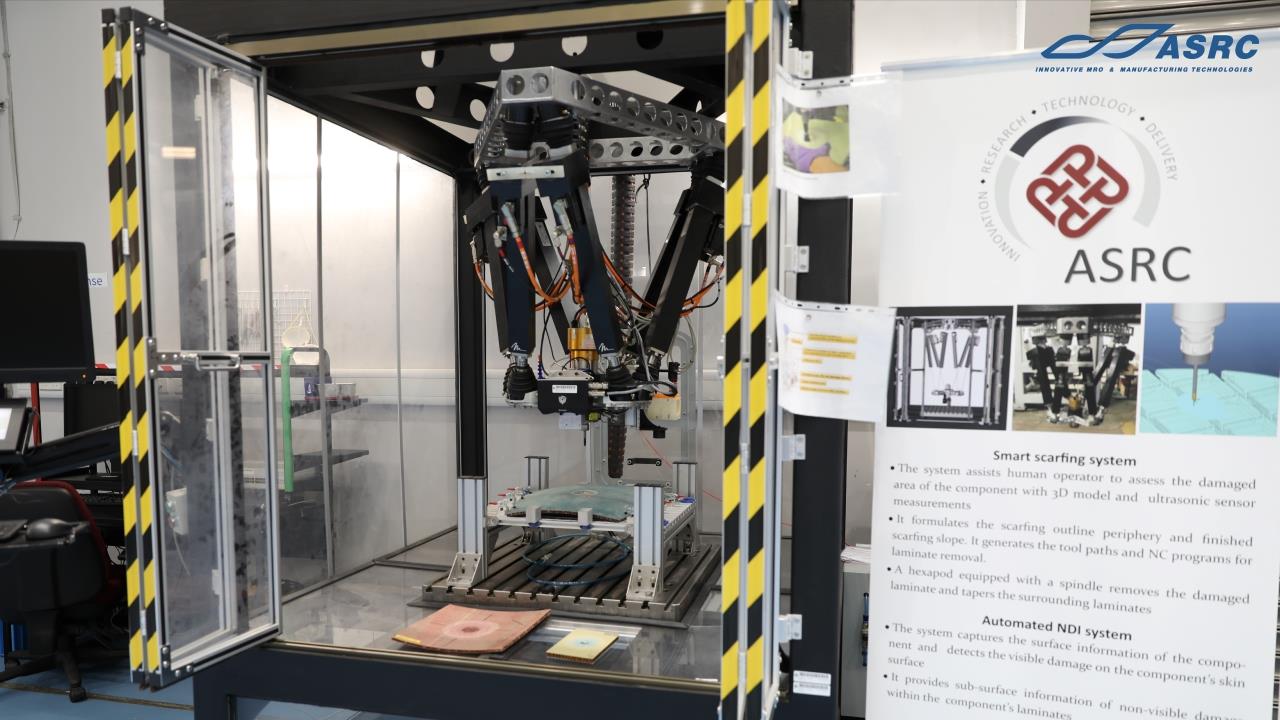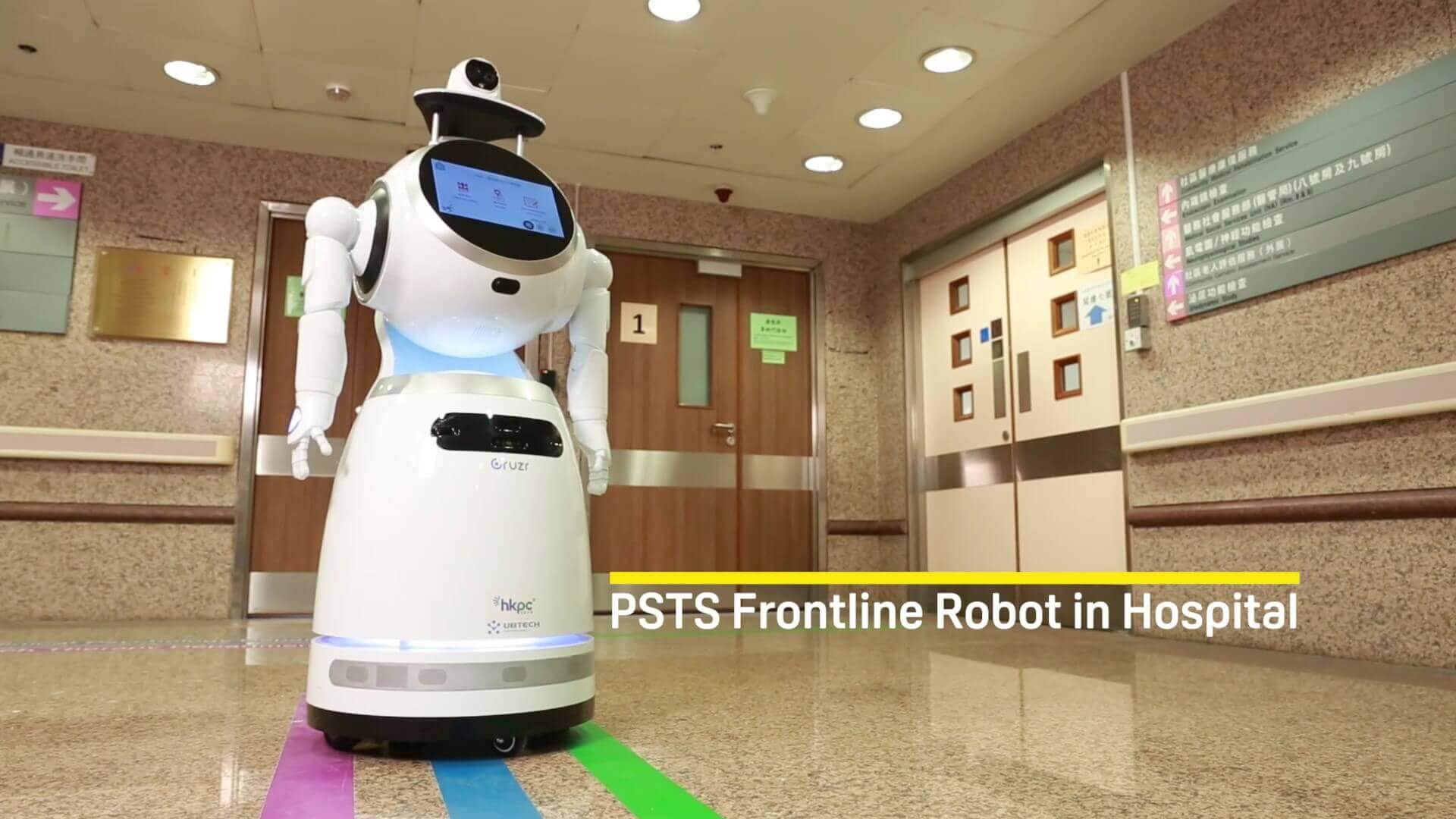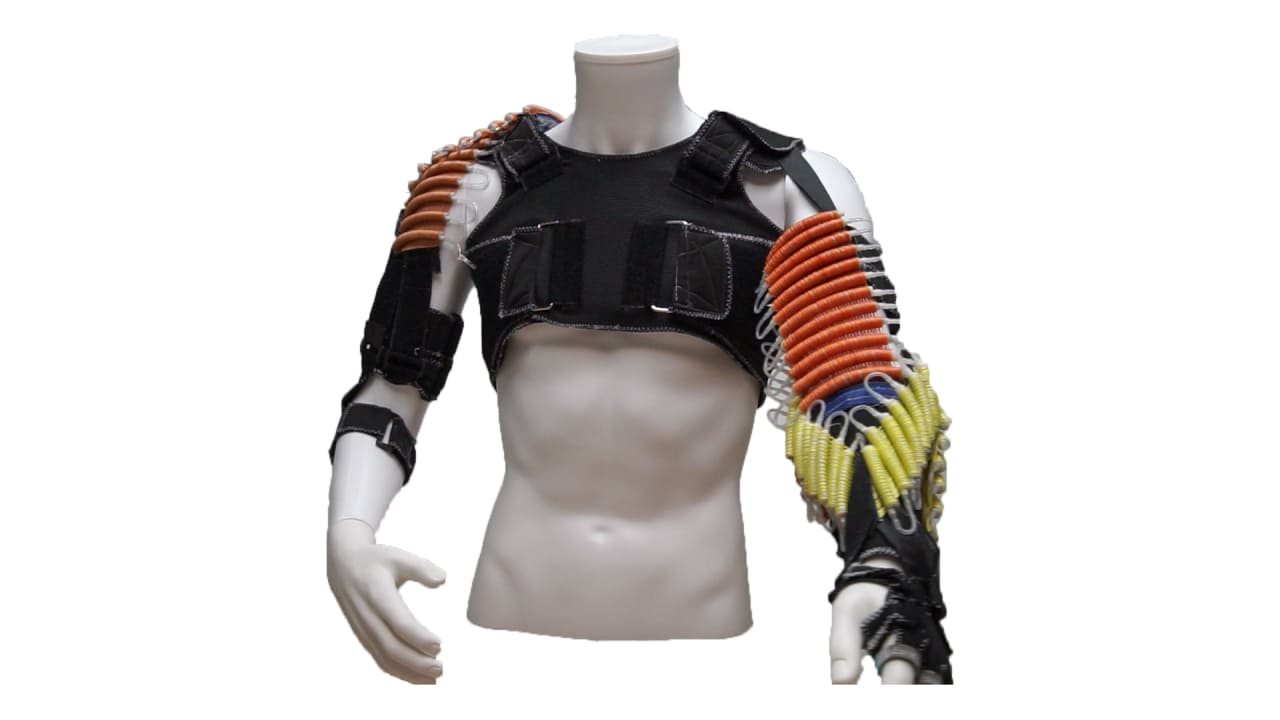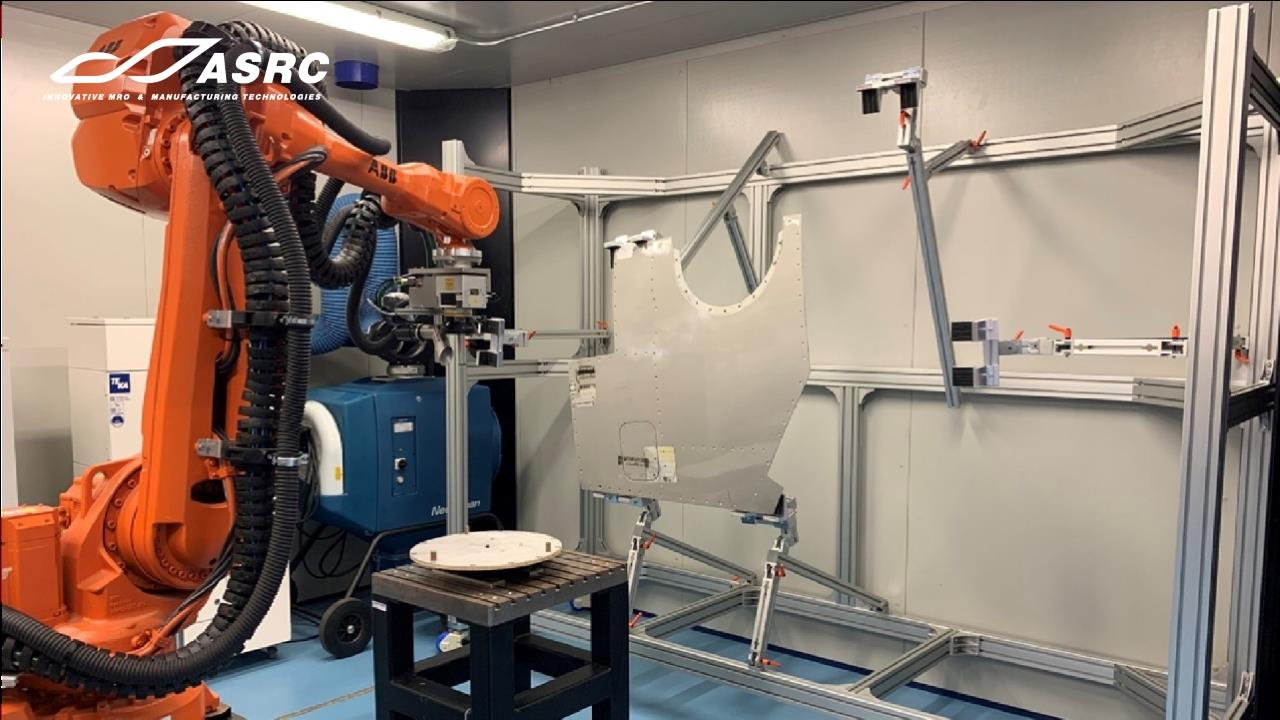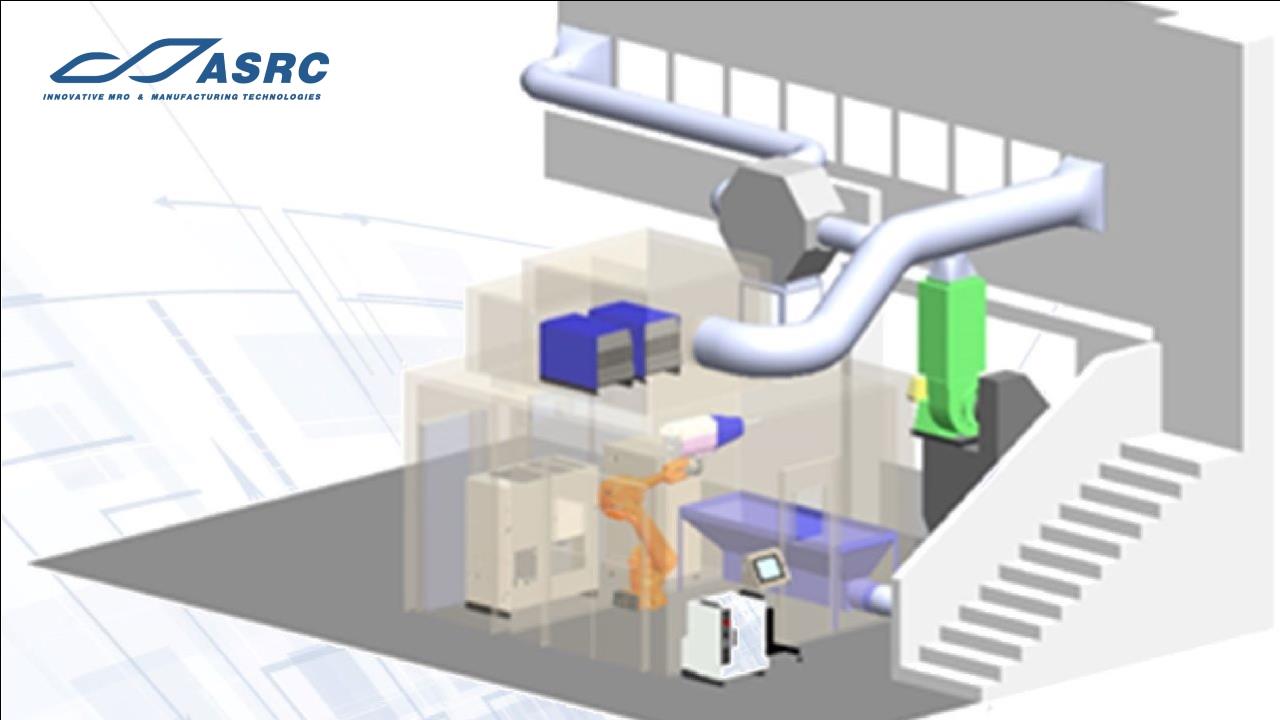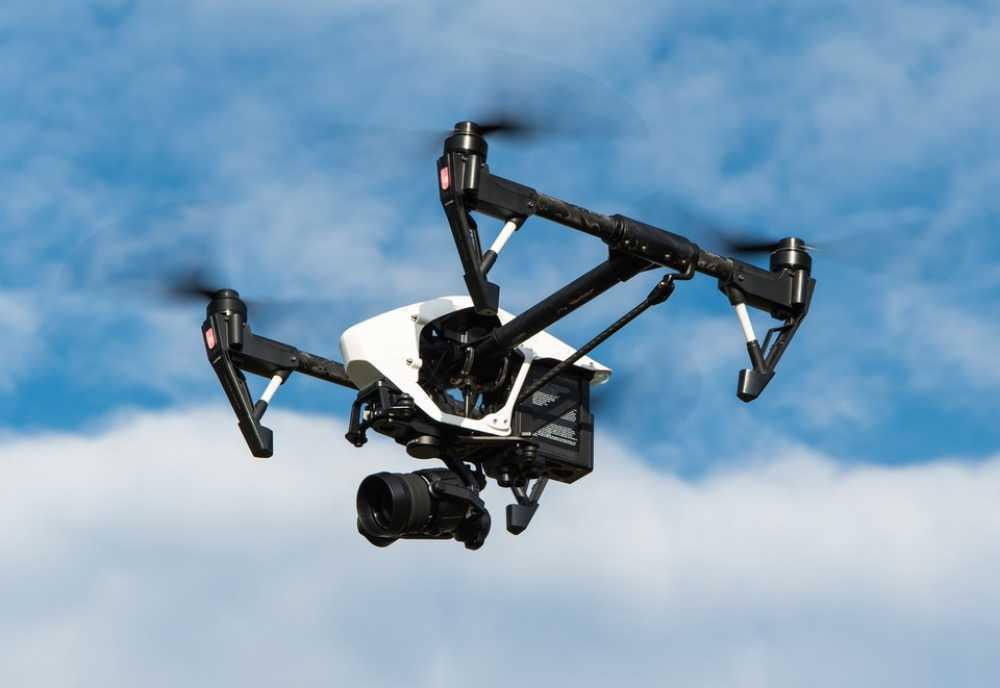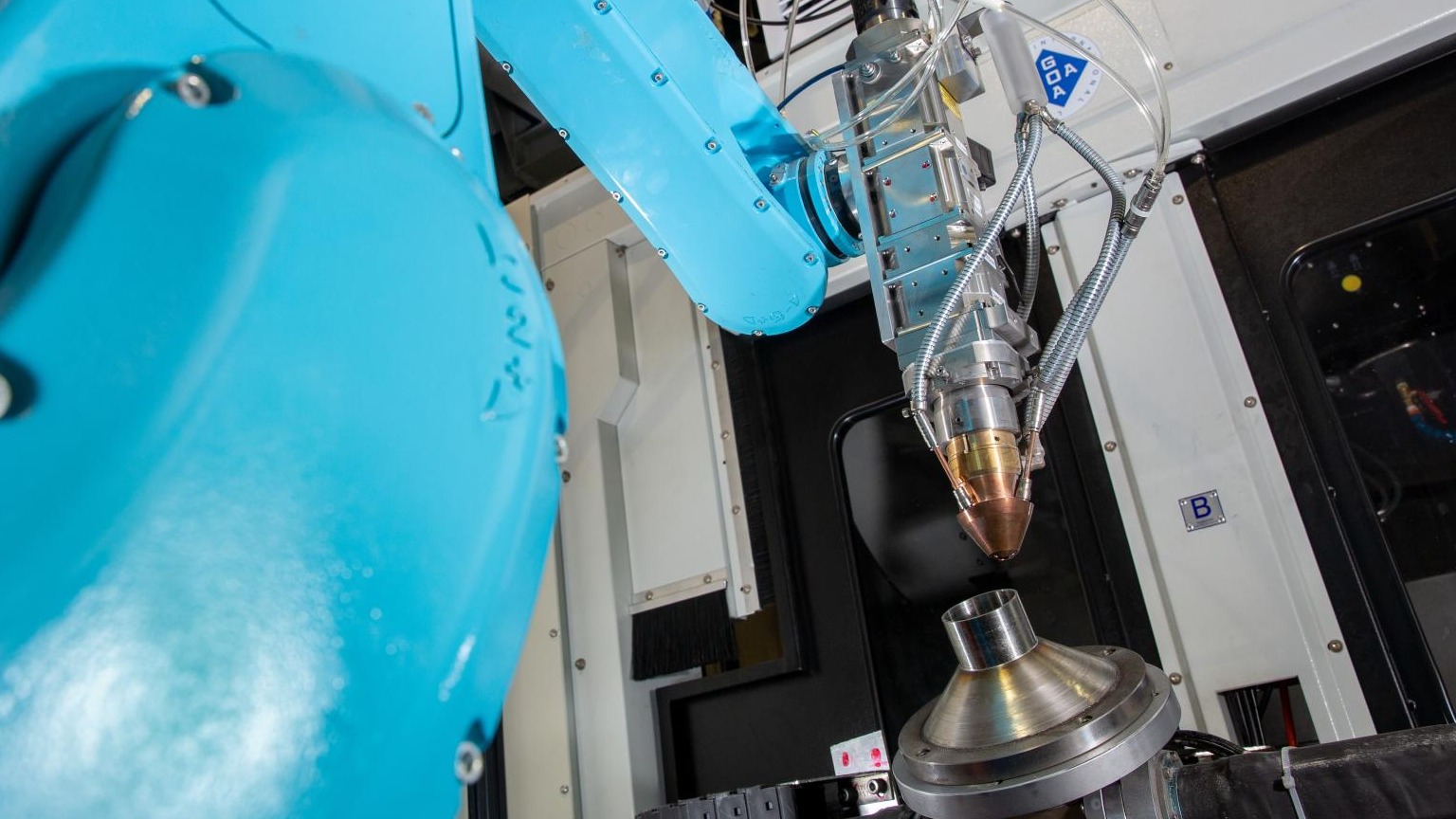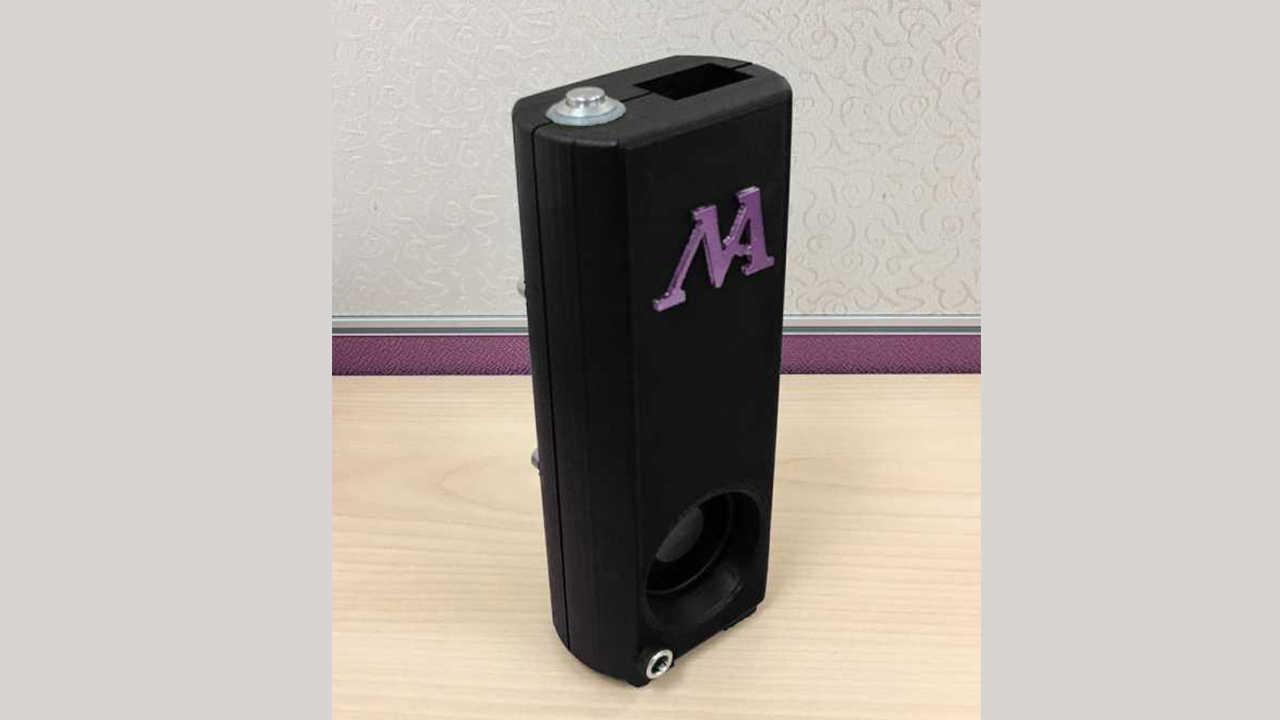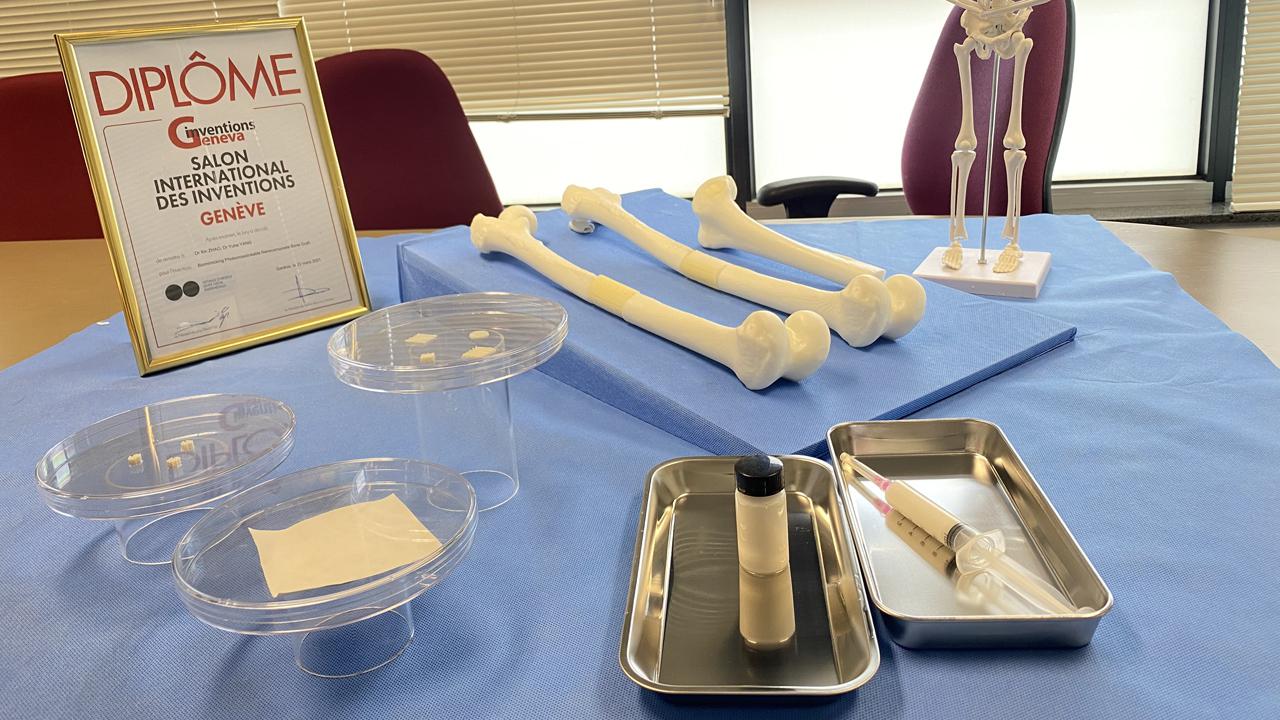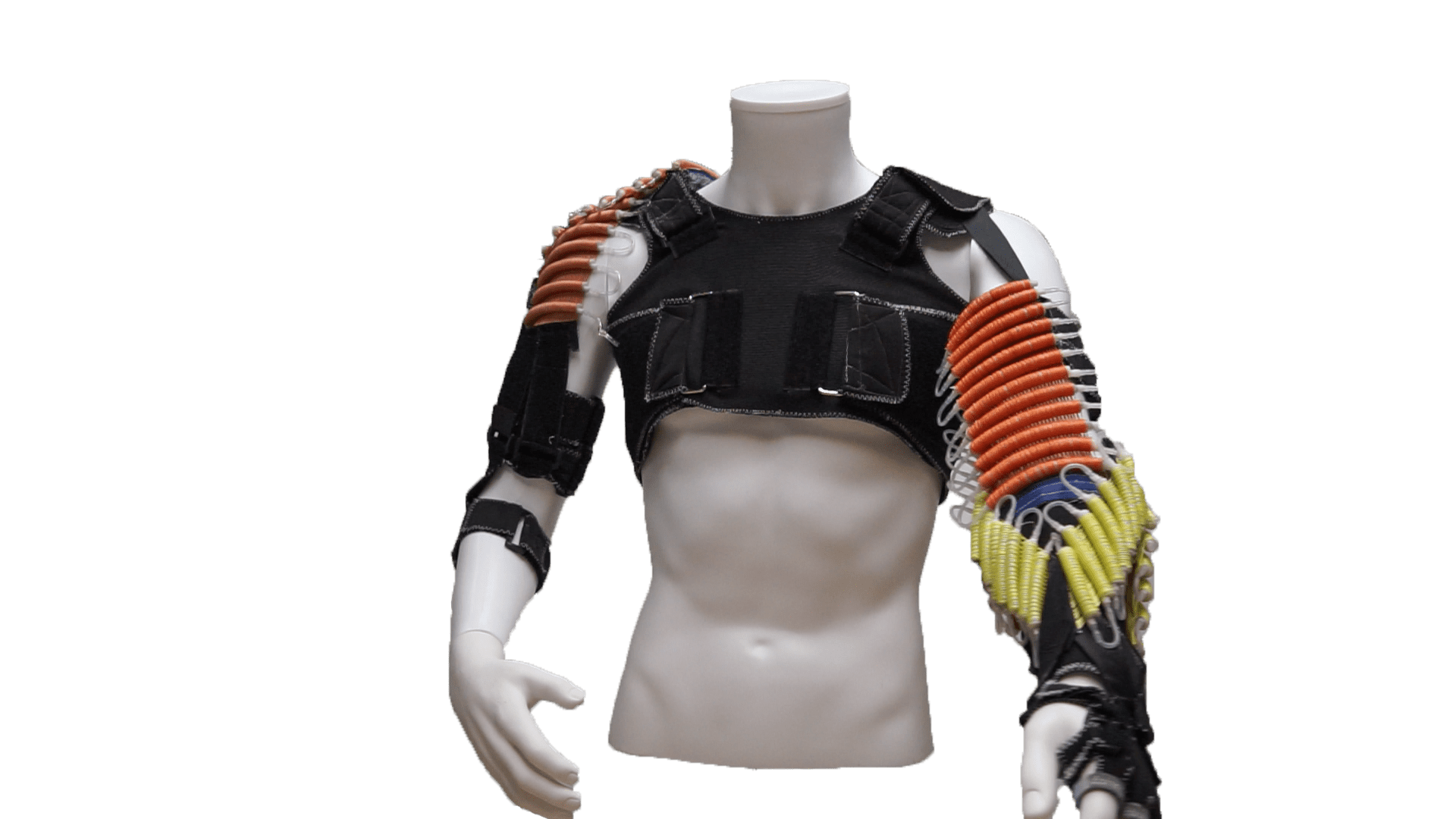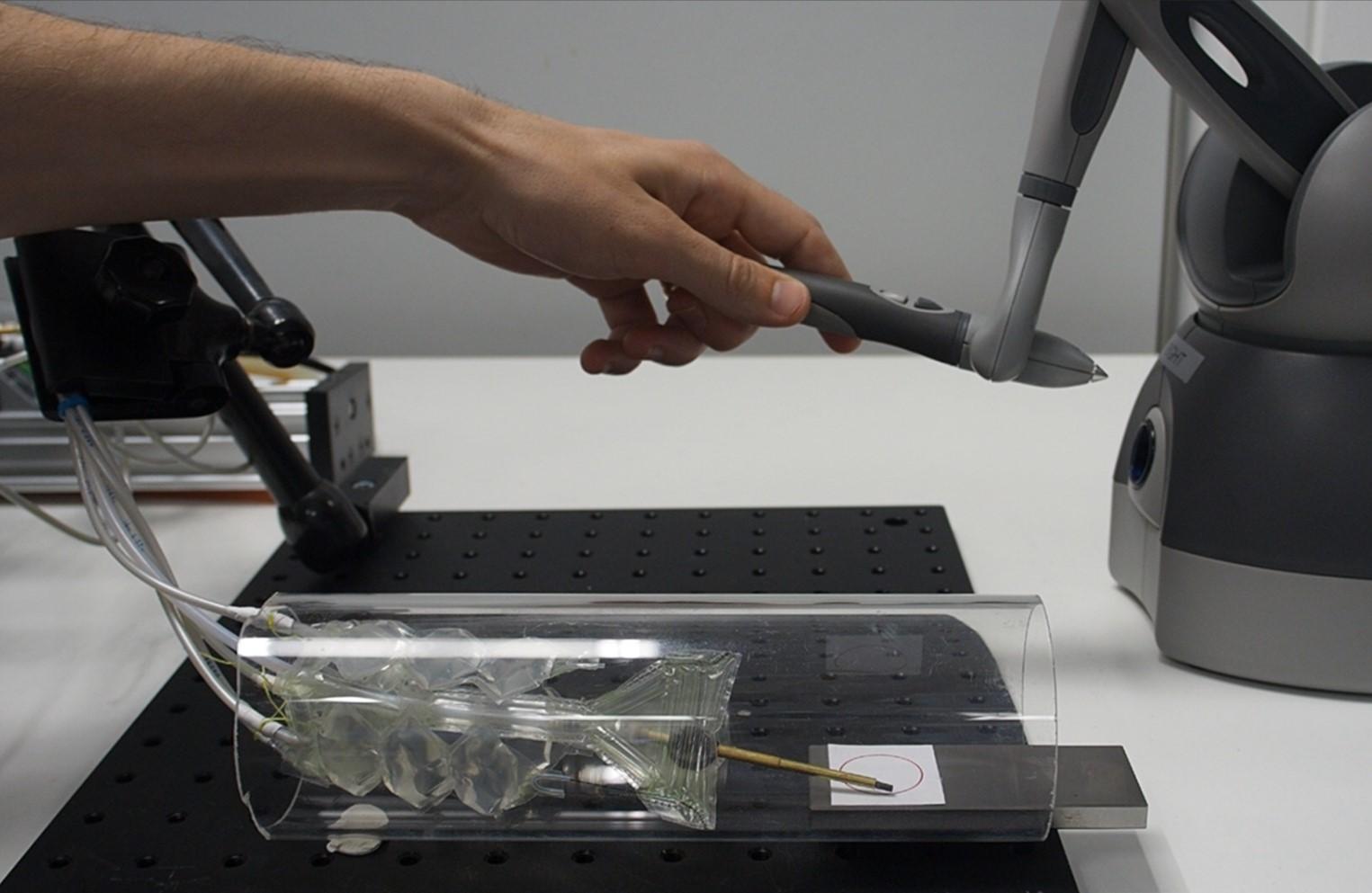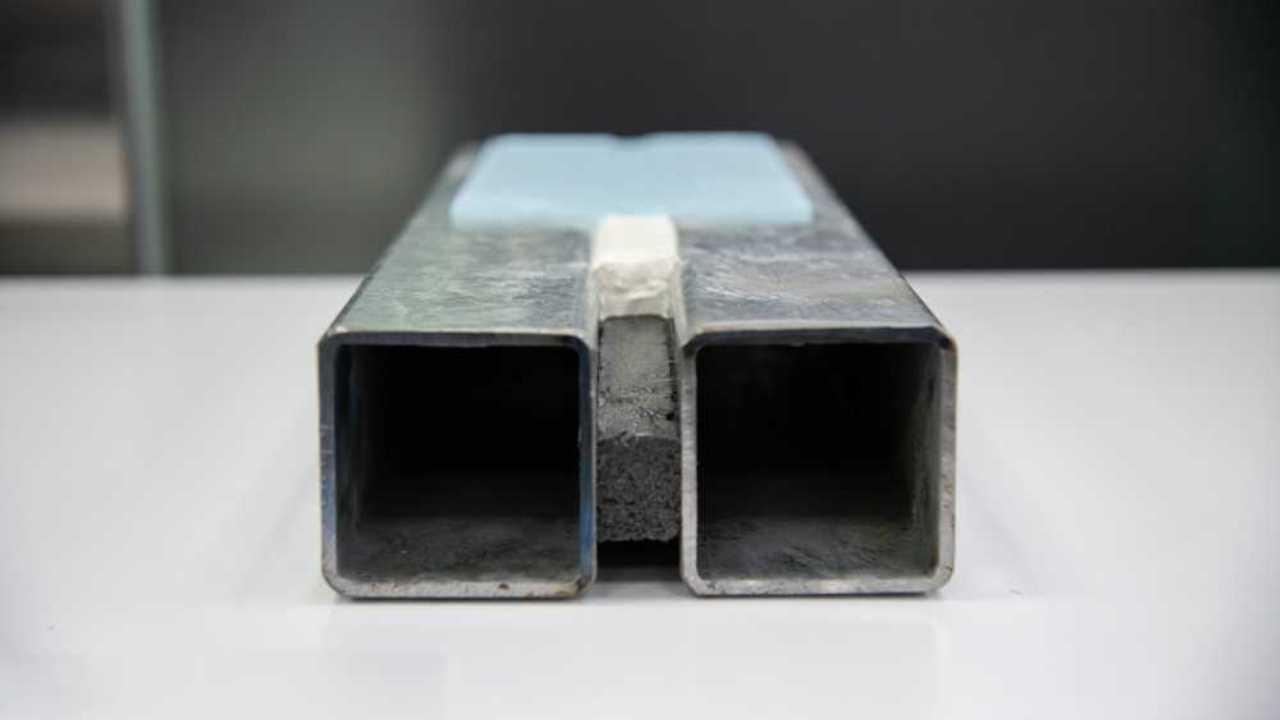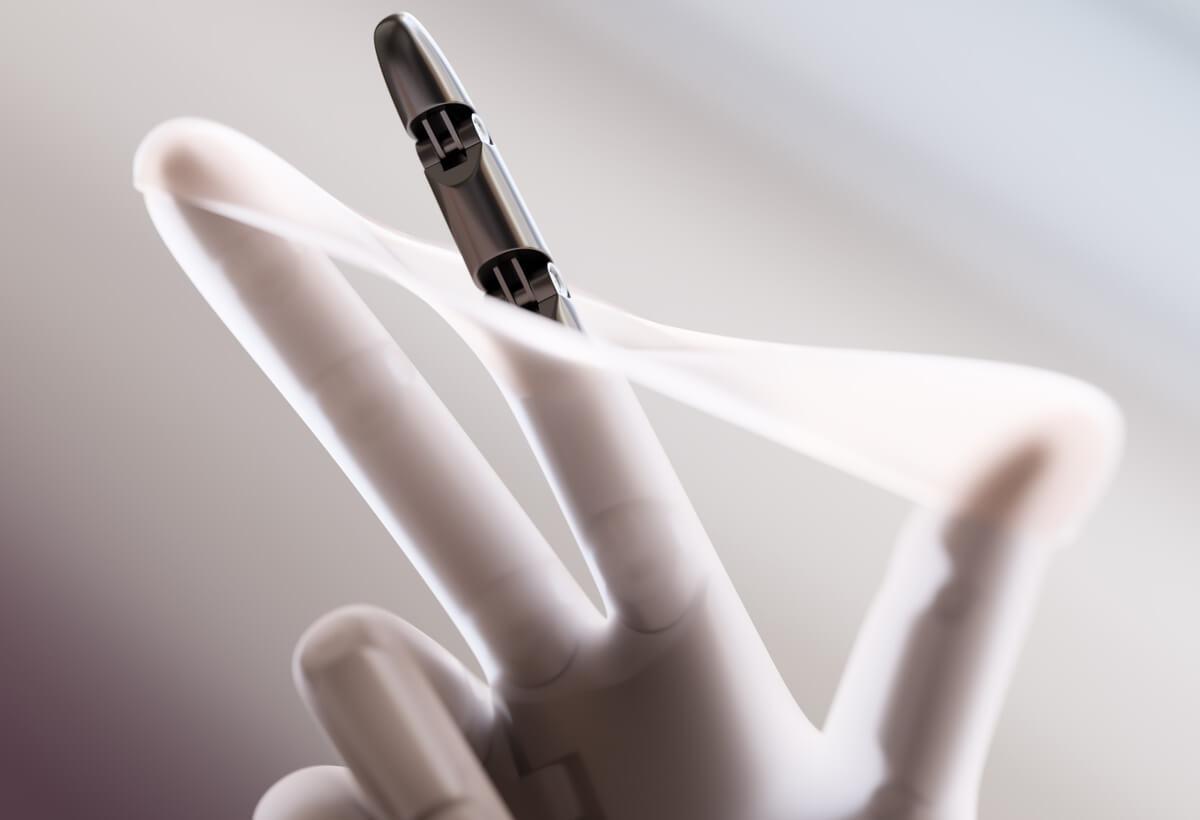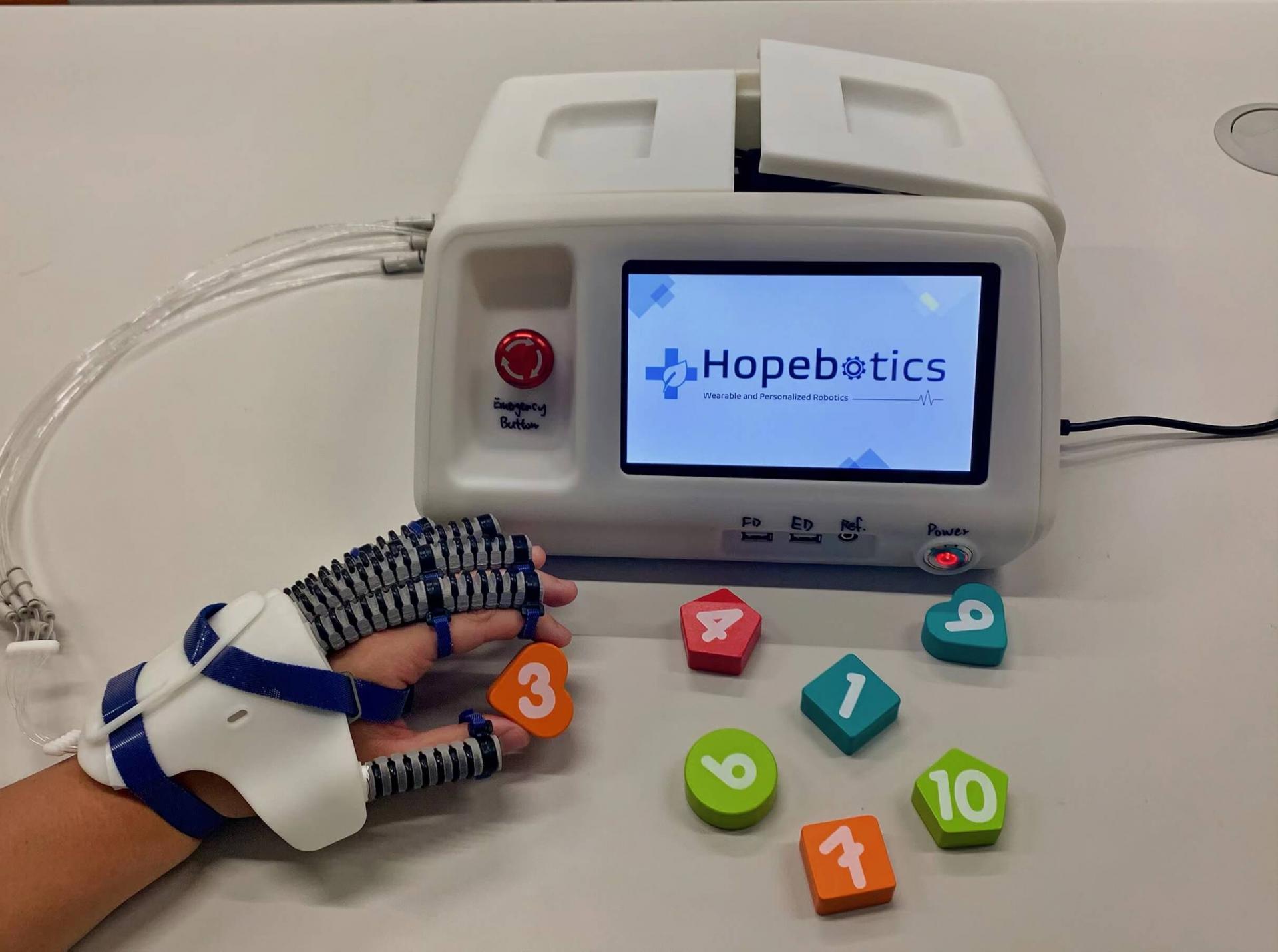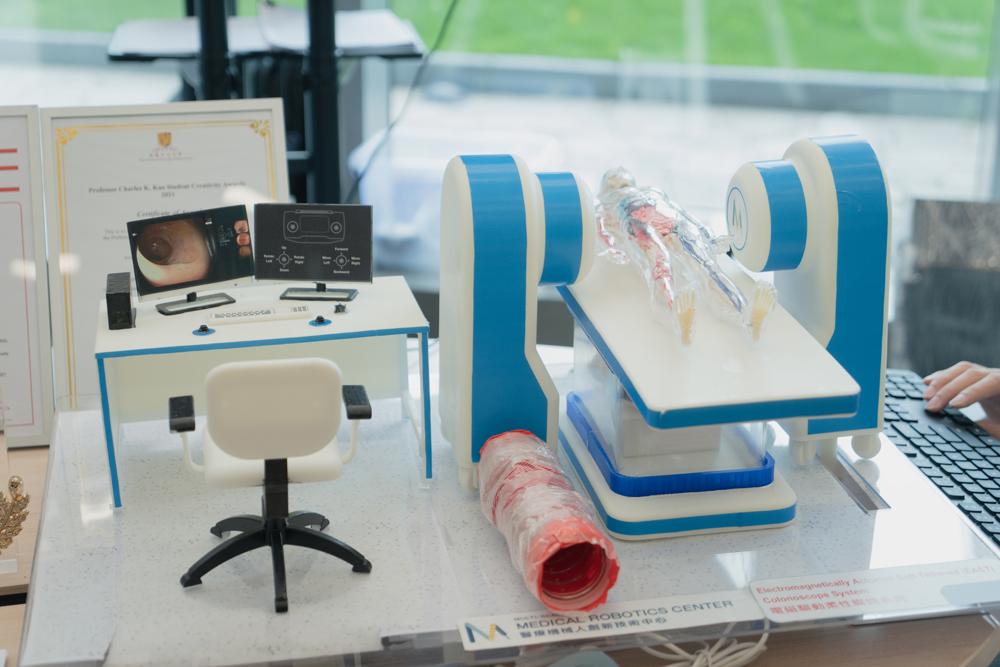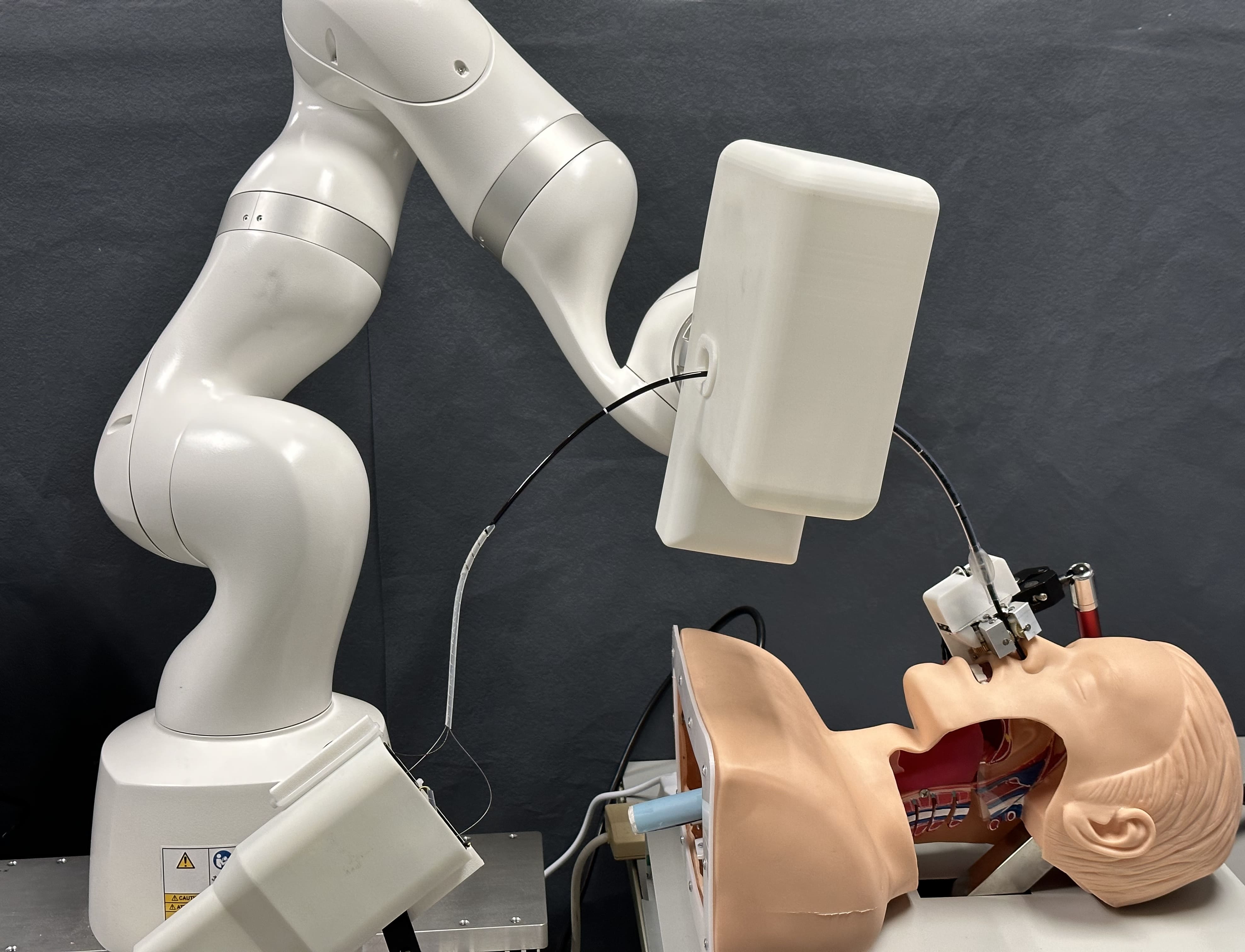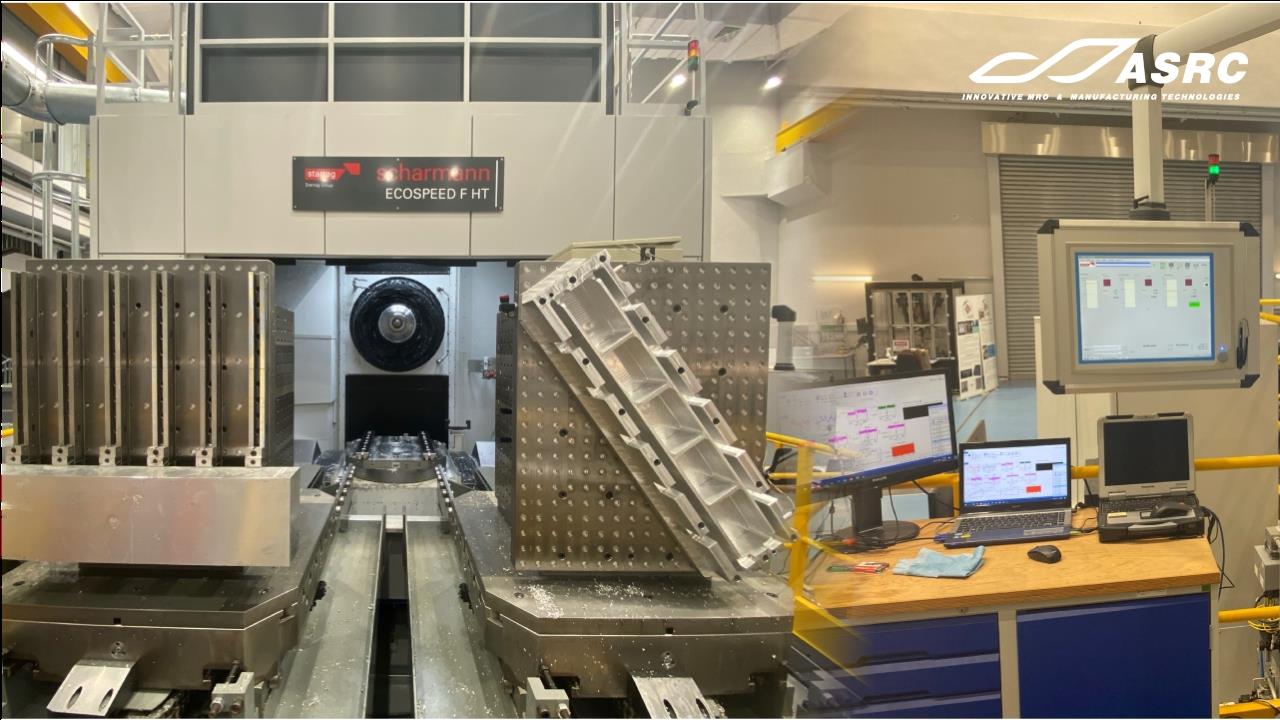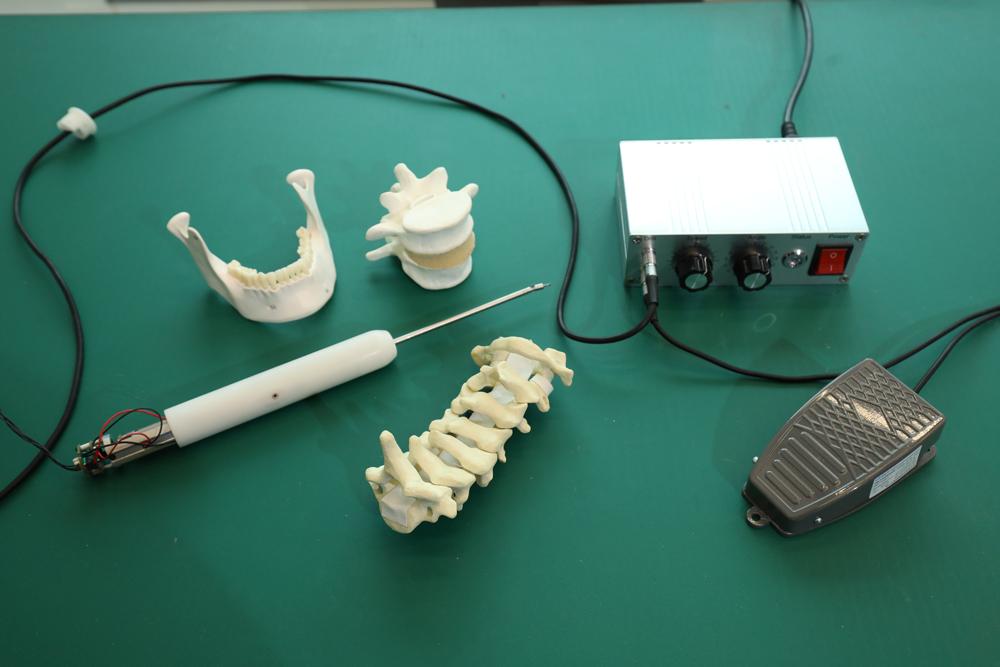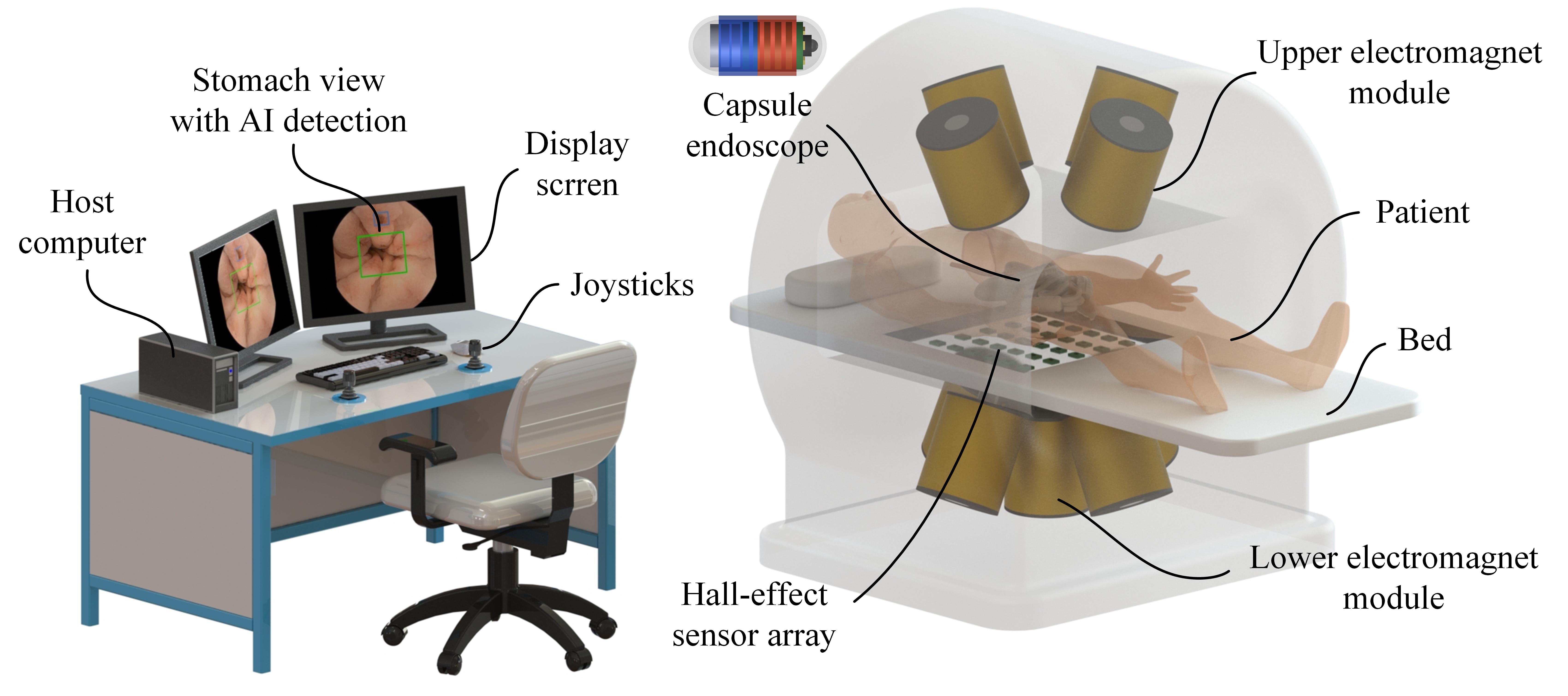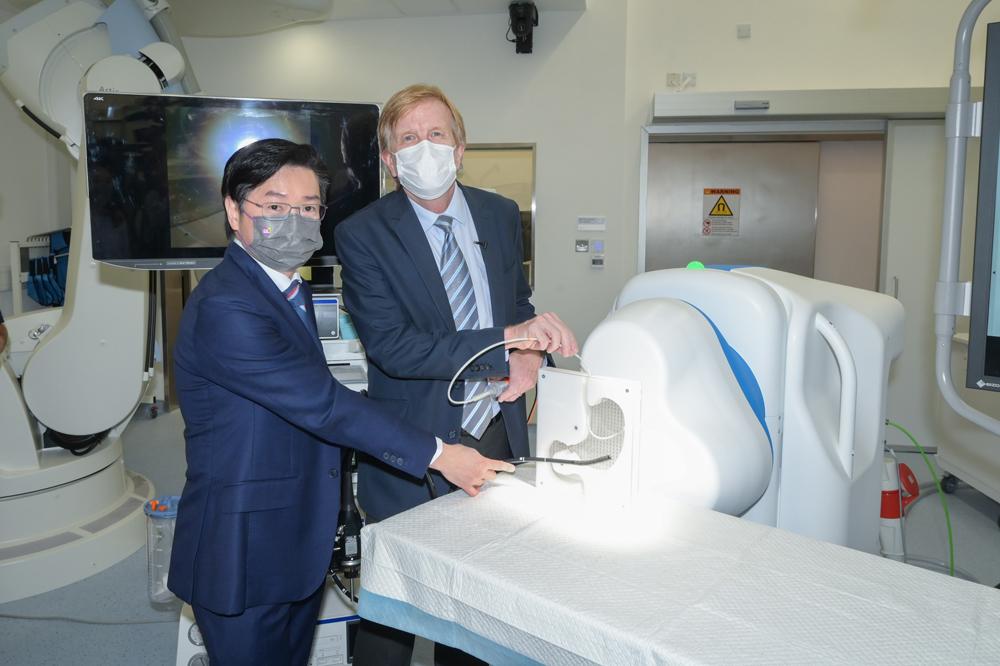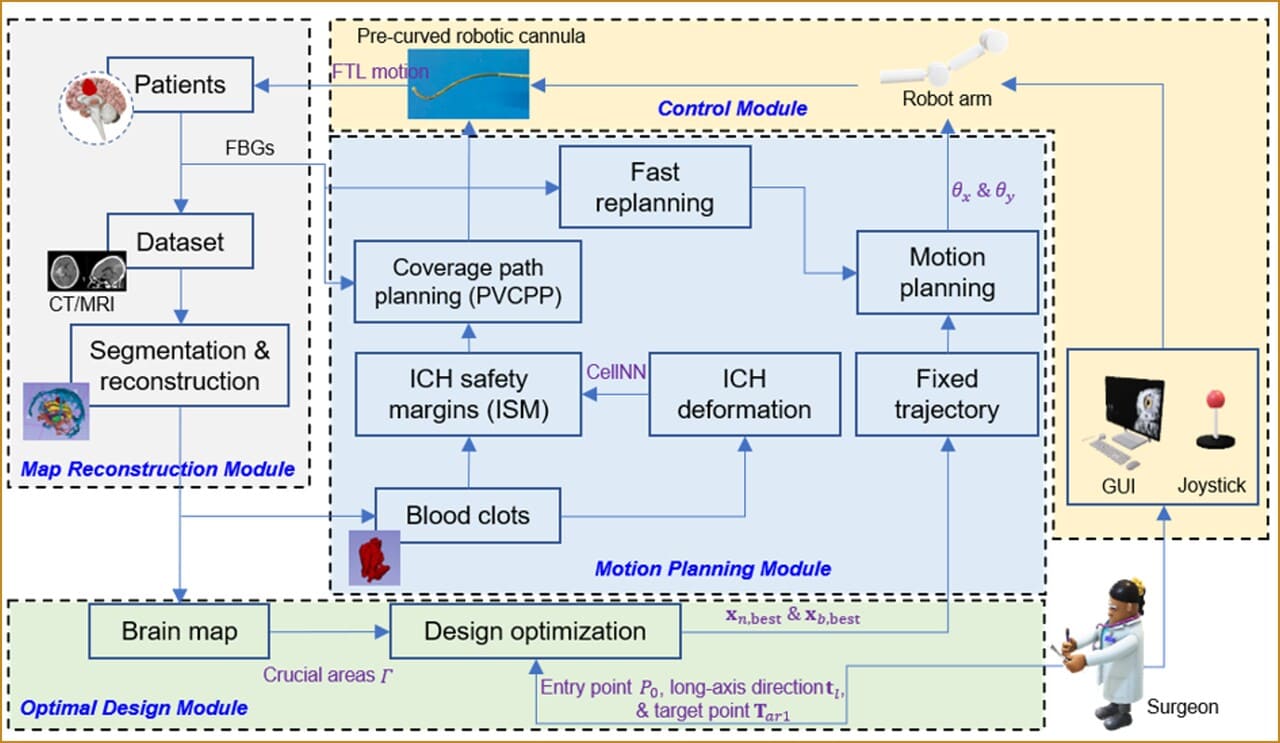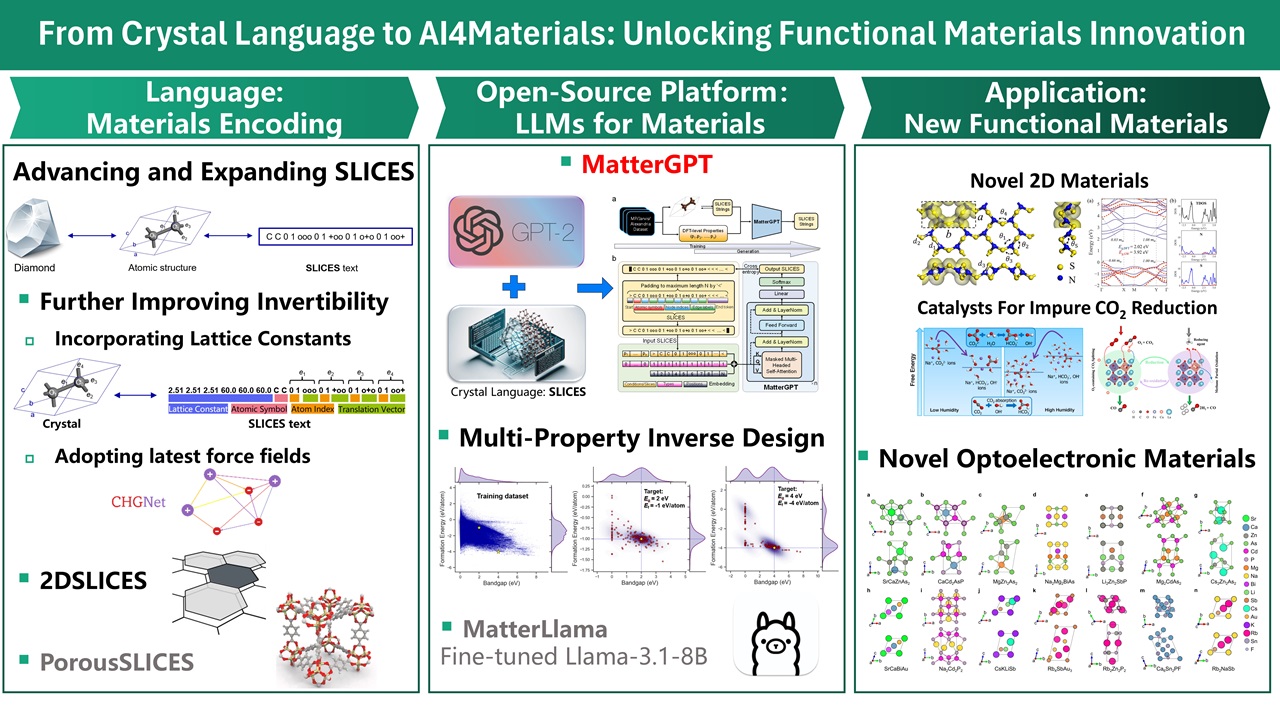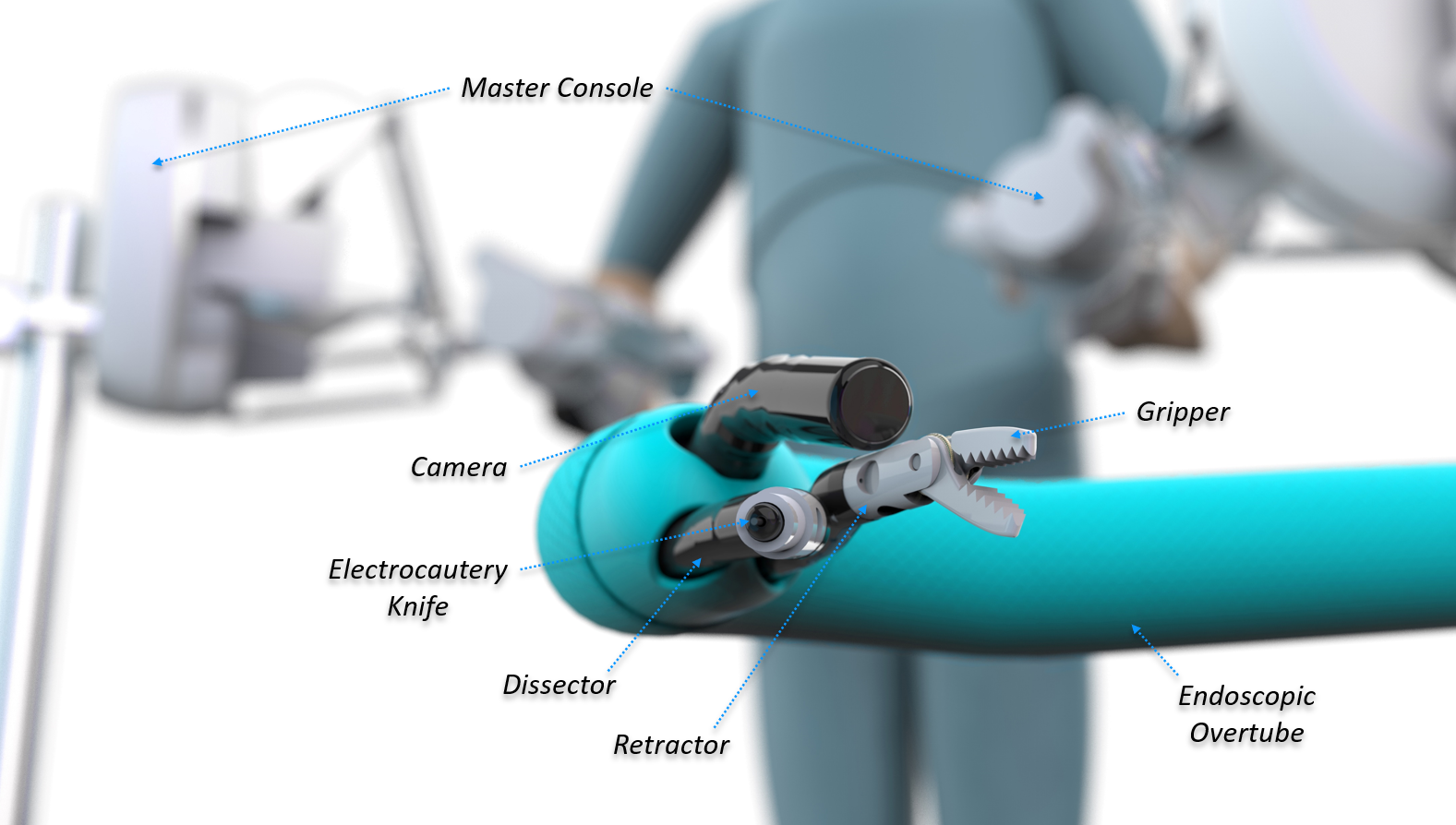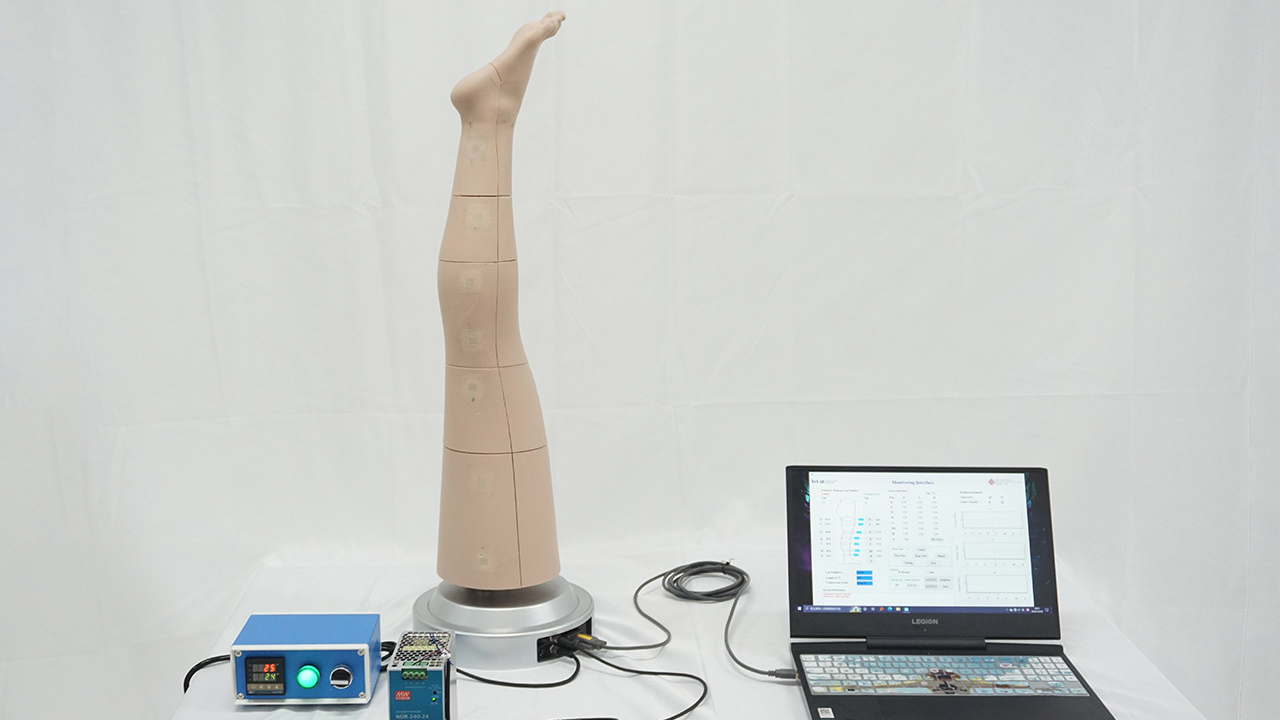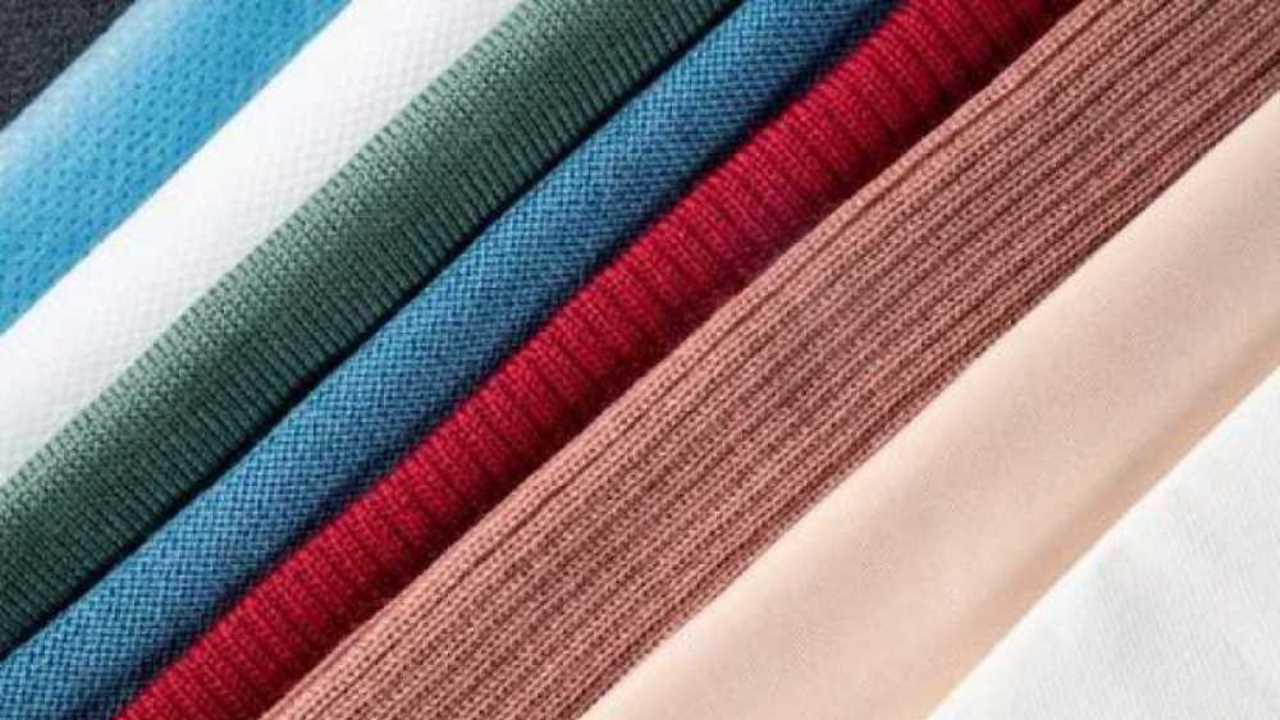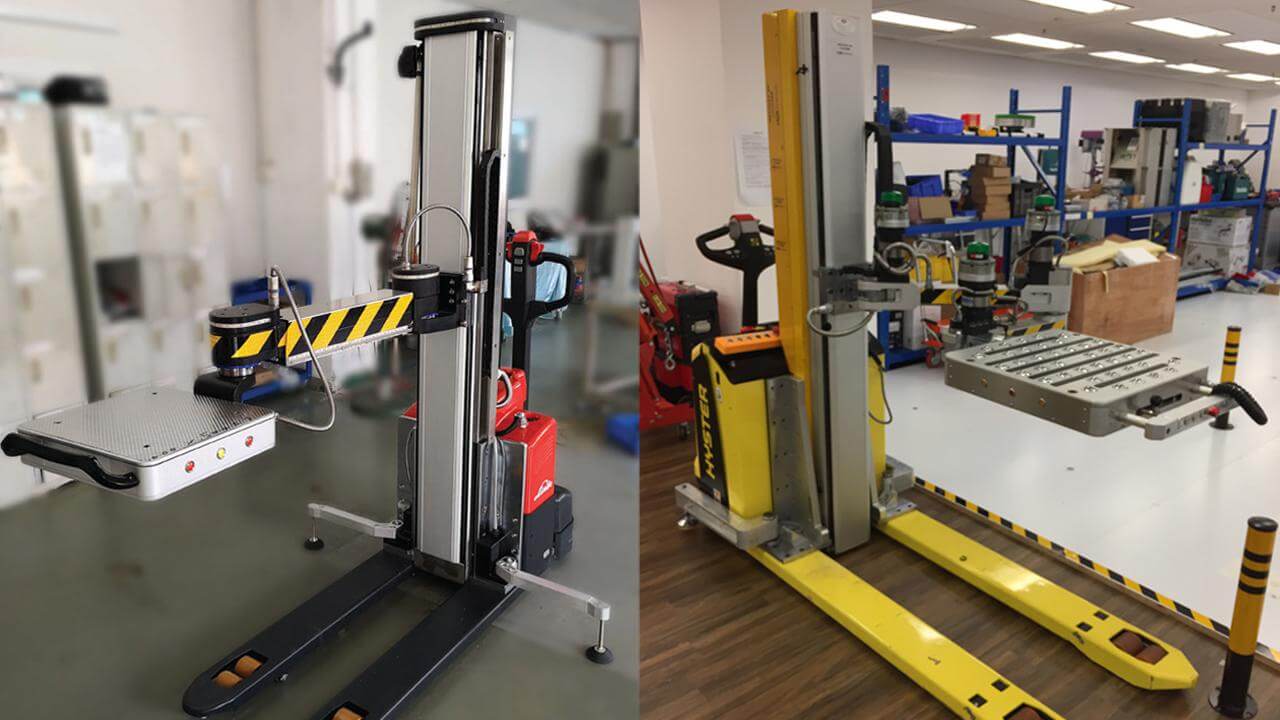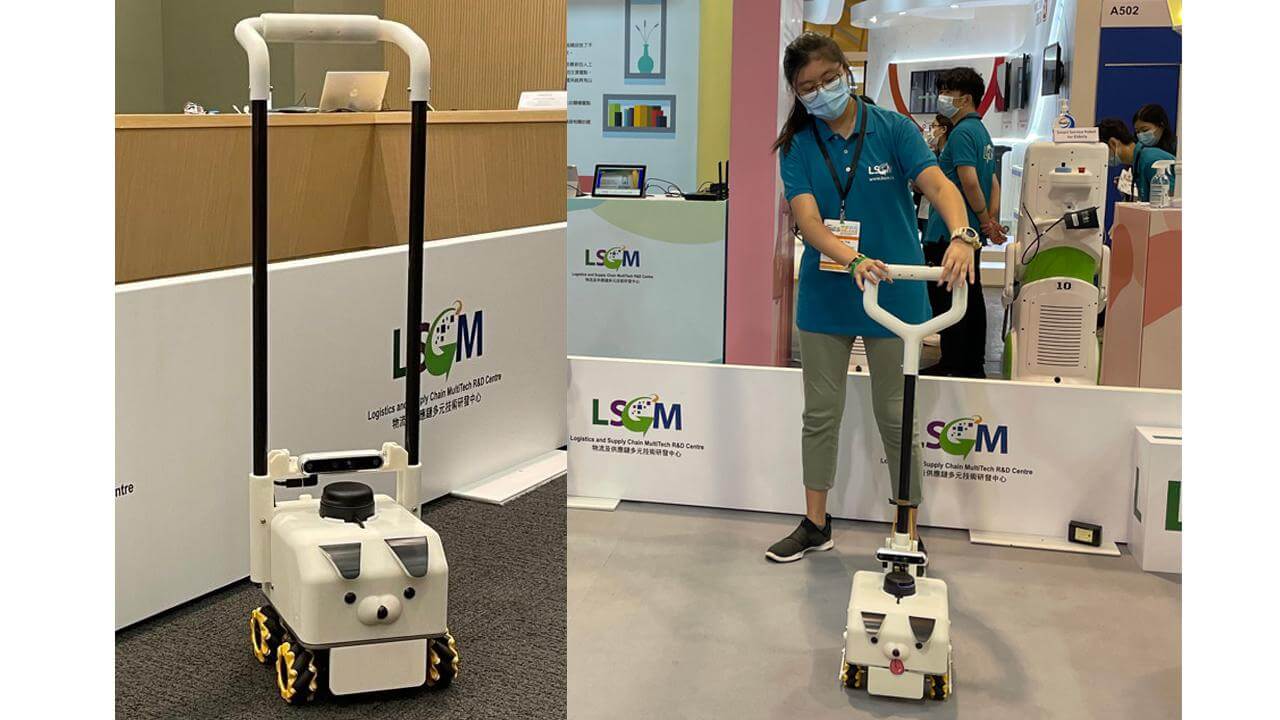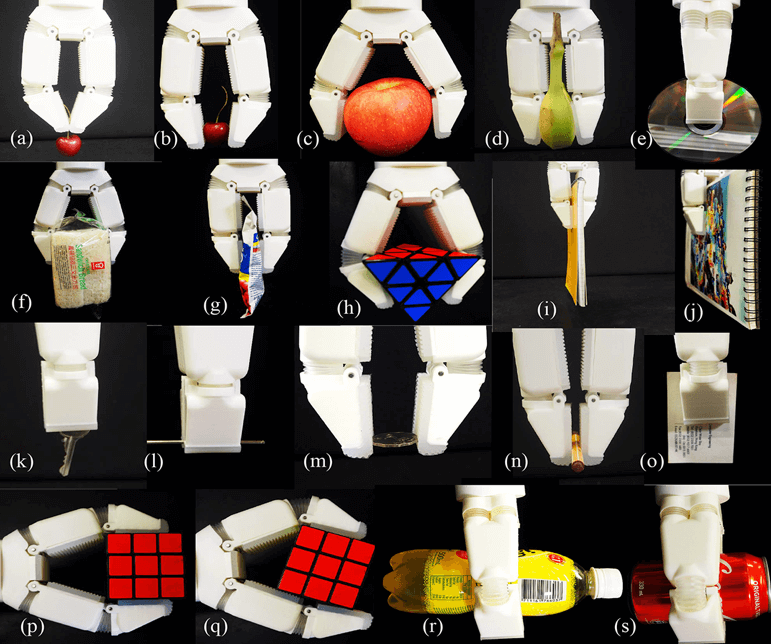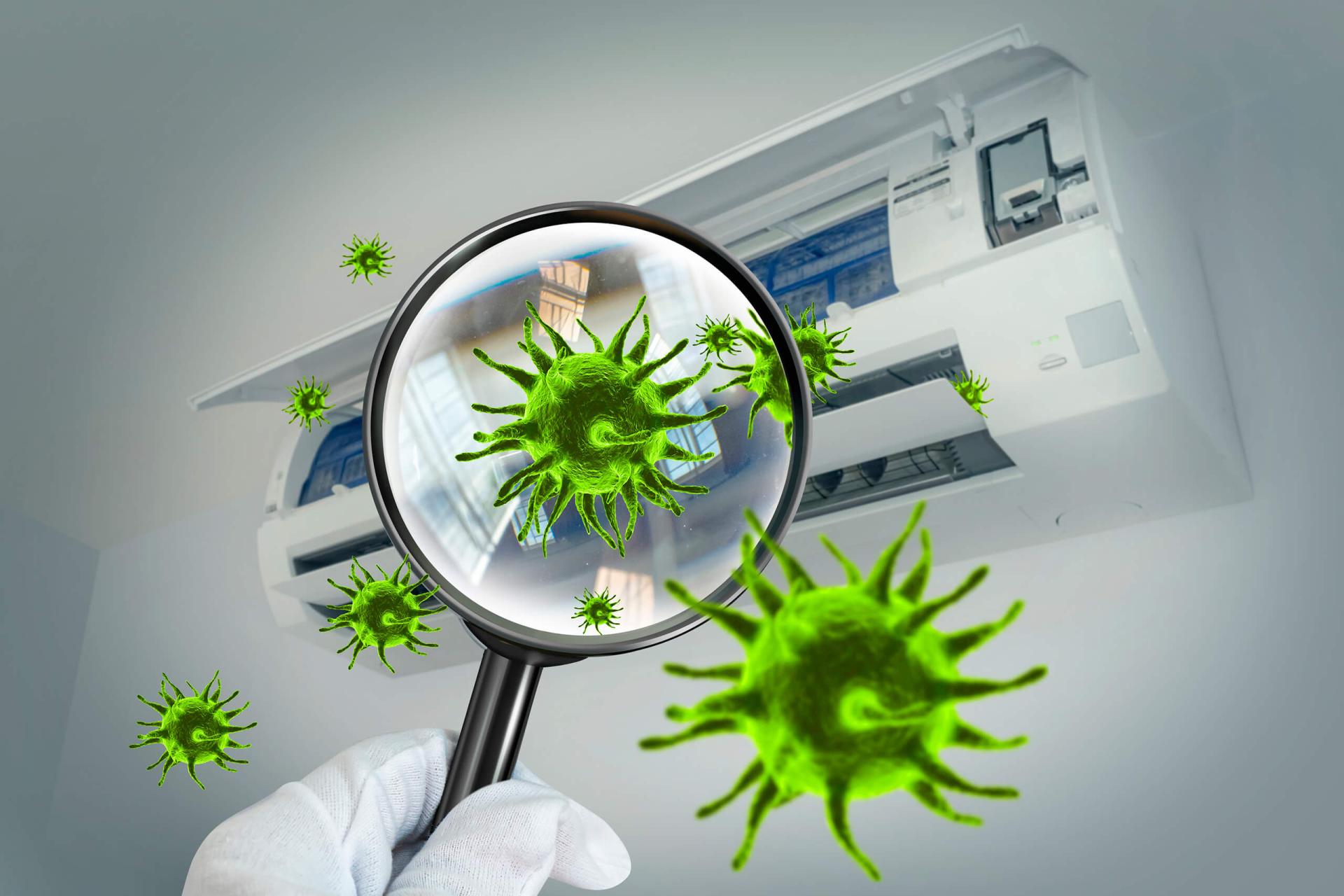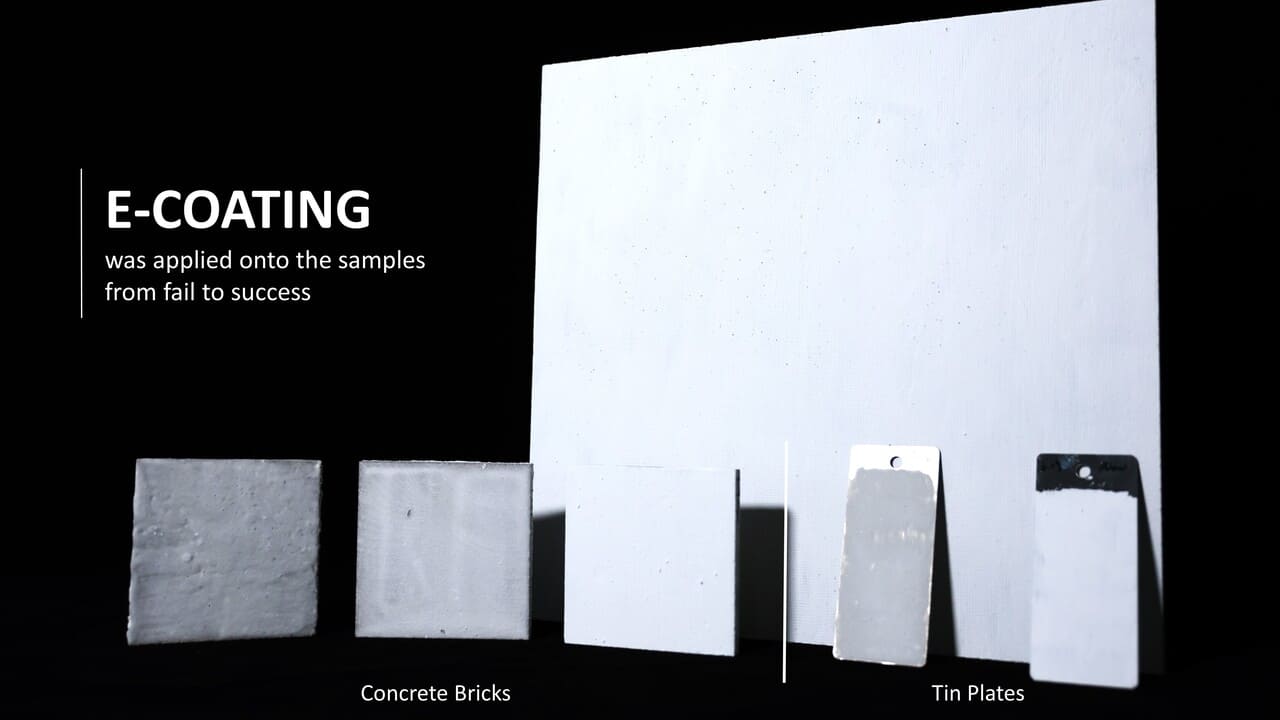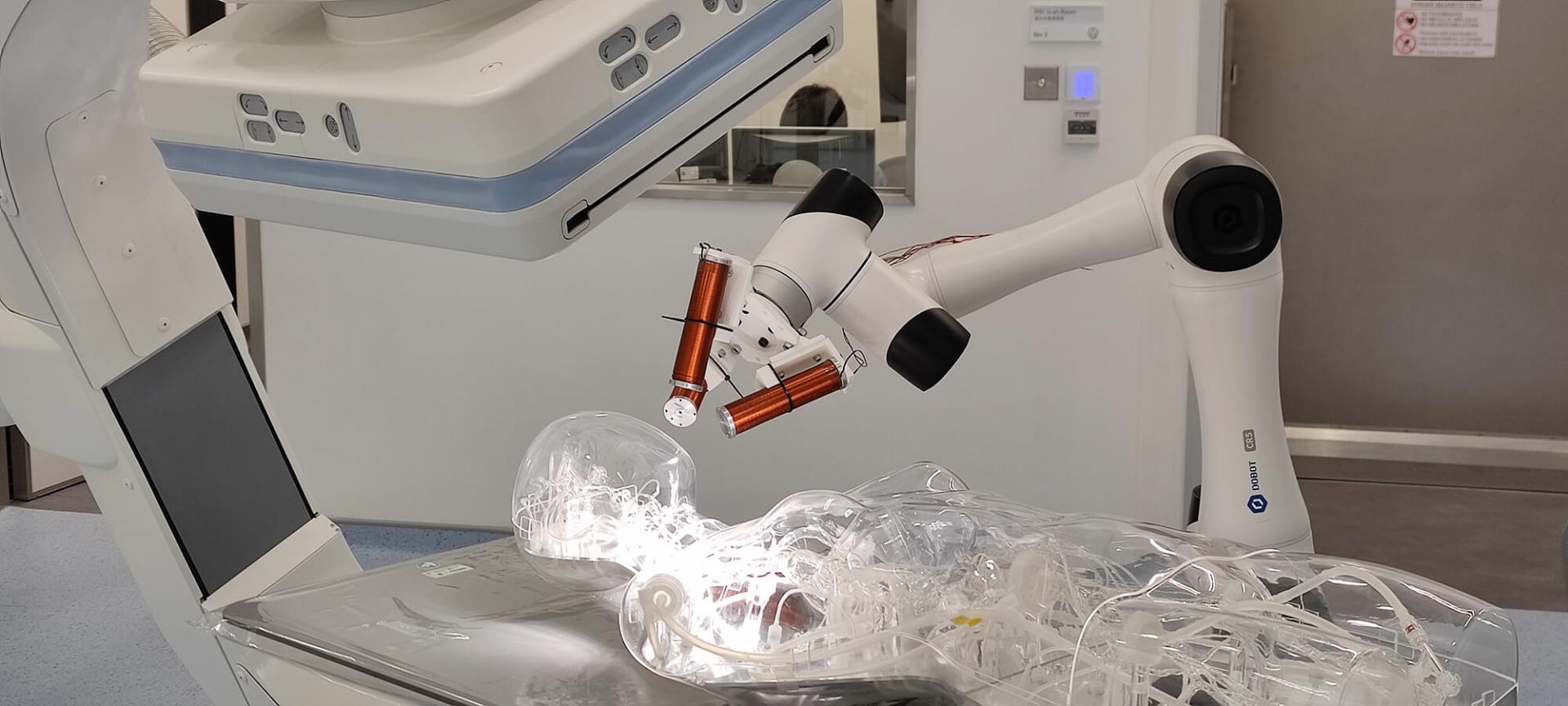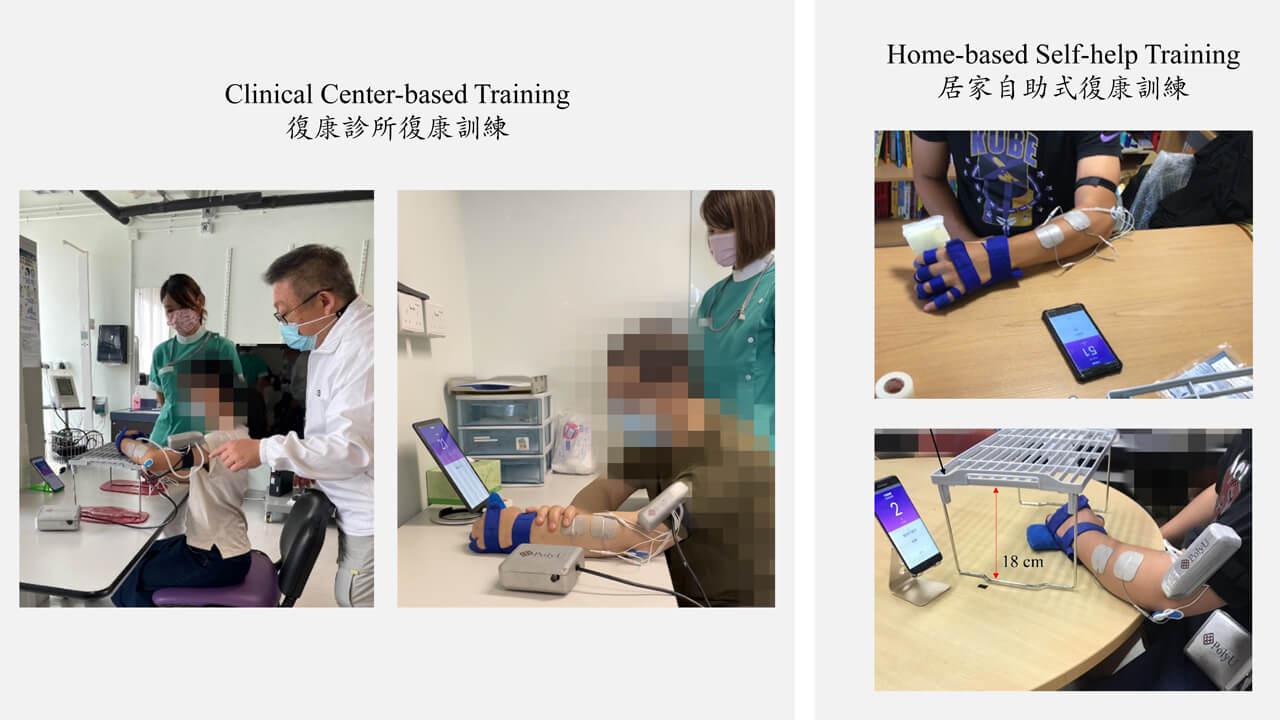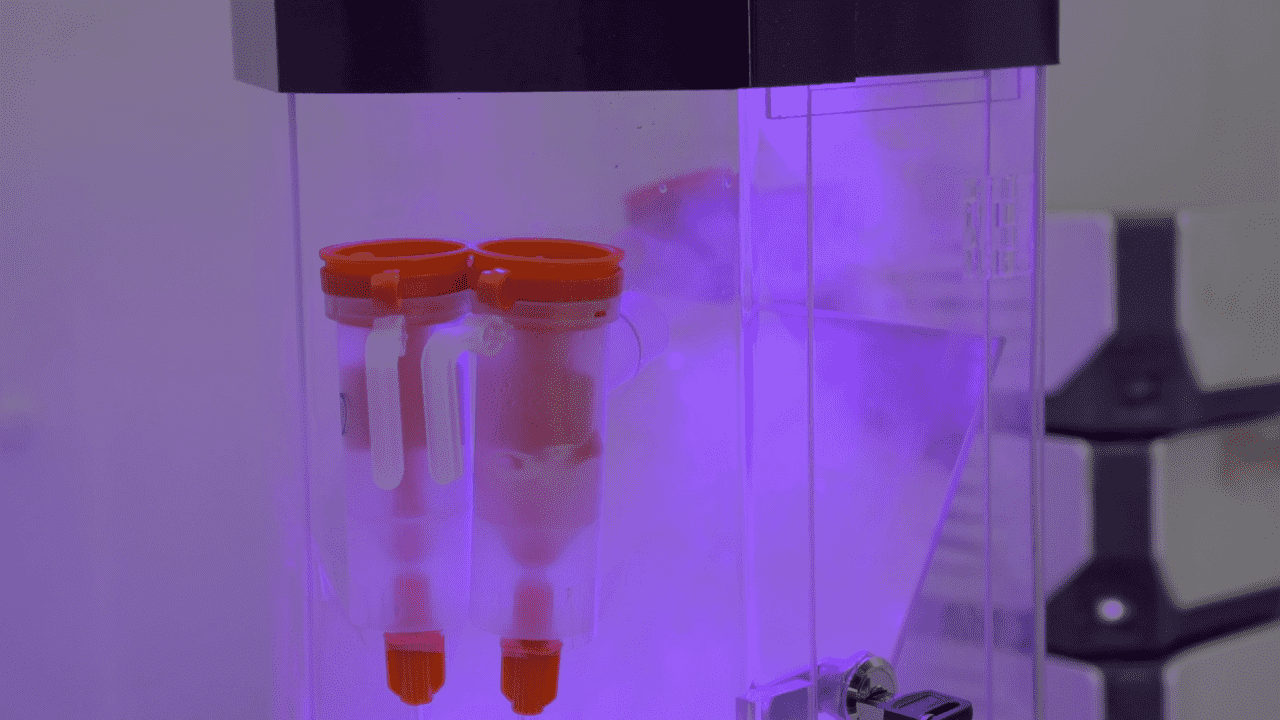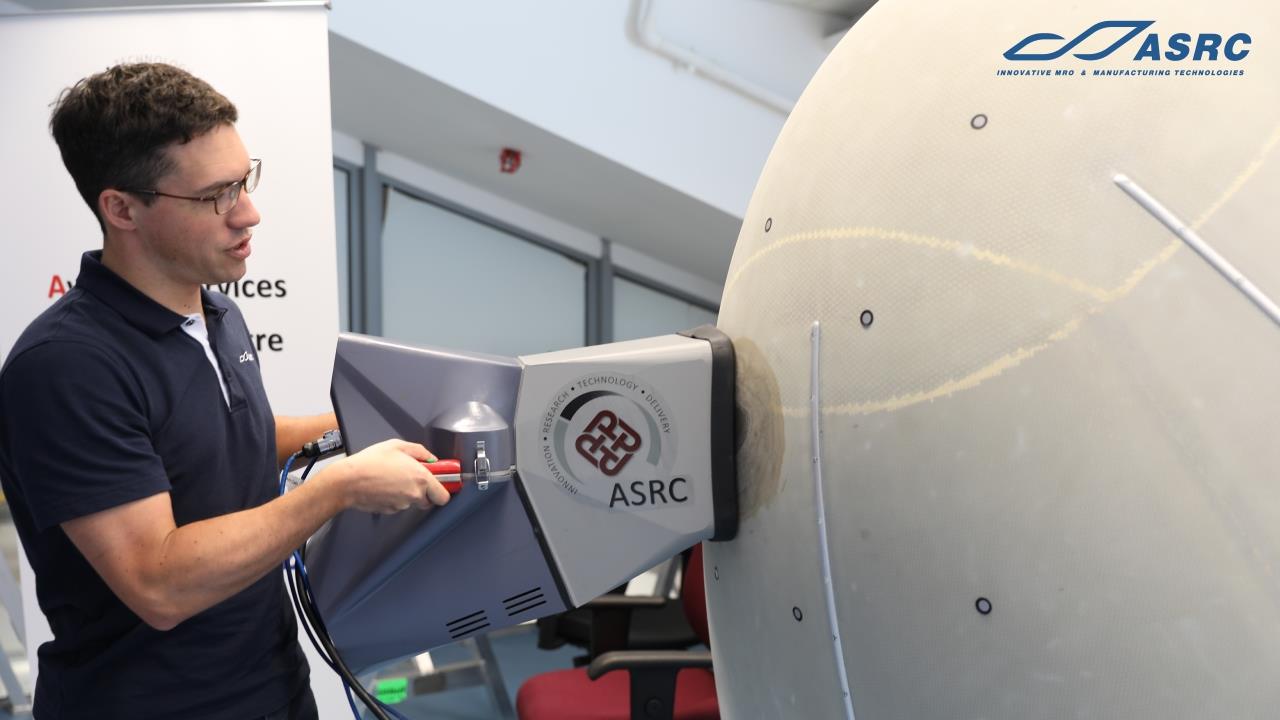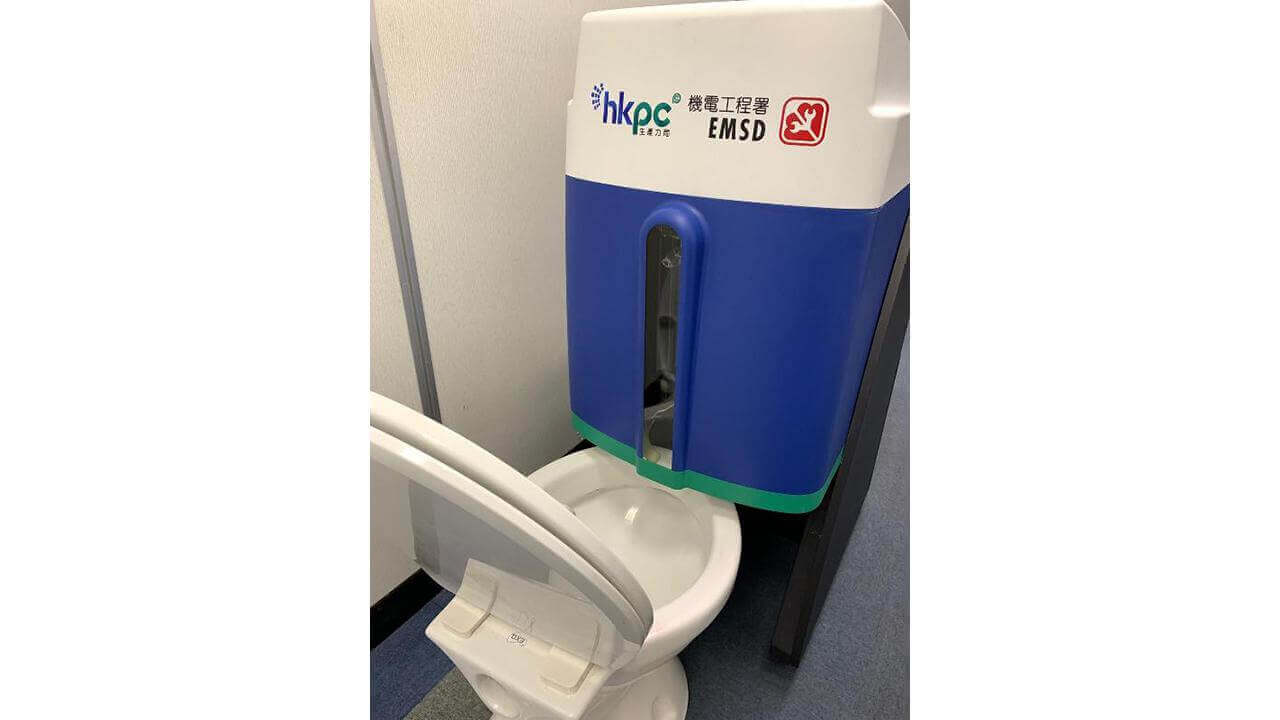
Self-Healing Magnetic Slime Robot for Non-Invasive Endoluminal Intervention in the Gastrointestinal System
The slime robot, which is black, mushy, and resembles a slime toy, can be remotely controlled by external magnetic field, for example, to encircle and retrieve objects. The main goal of development is to perform intervention in the human digestive tract. Its function goes beyond that and has the potential to be used in industrial environment.
If a child accidentally swallows foreign objects such as toxic batteries or sharp objects, he or she can usually only be sent to the hospital, where a doctor will use professional equipment to remove the foreign object, but with discomfort and risk of trauma. Slime robot is an innovative non-invasive tool for doctors and patients.
- Soft, adaptable to complex environment (e.g. in vivo)
- Remotely control via magnetic field
- Able to grasp object, self-healing and is conductive
- Slime robot can go where endoscopes can hardly reach and retrieve much smaller objects the size of bread crumbs. The pain and risks endured by the patients can be greatly reduced by not needing to apply endoscopy or undergo open surgery
- It can squeeze its way through the narrowest passages in a model of the human digestive system and retrieve foreign objects. Slime robot can stretch like an octopus and will encircle and retrieve objects that could seriously damage the intestines
- Top 10 Inventions of Hong Kong in 2022
- Pineapple Science Award 2022
- Gold Medal - 14th International Inventions Fair at the Middle East
- Gold Award - 3rd Asia Exhibition of Innovations and Inventions Hong Kong
- Flexible, non-invasive surgical tools
- Tools in industrial environment
Founded in 1963, The Chinese University of Hong Kong (CUHK) is a forward-looking comprehensive research university with a global vision and a mission to combine tradition with modernity, and to bring together China and the West. CUHK teachers and students hail from all around the world. Four Nobel laureates are associated with the university, and it is the only tertiary institution in Hong Kong with recipients of the Nobel Prize, Turing Award, Fields Medal and Veblen Prize sitting as faculty in residence. CUHK graduates are connected worldwide through an extensive alumni network. CUHK undertakes a wide range of research programmes in many subject areas, and strives to provide scope for all academic staff to undertake consultancy and collaborative projects with industry.

